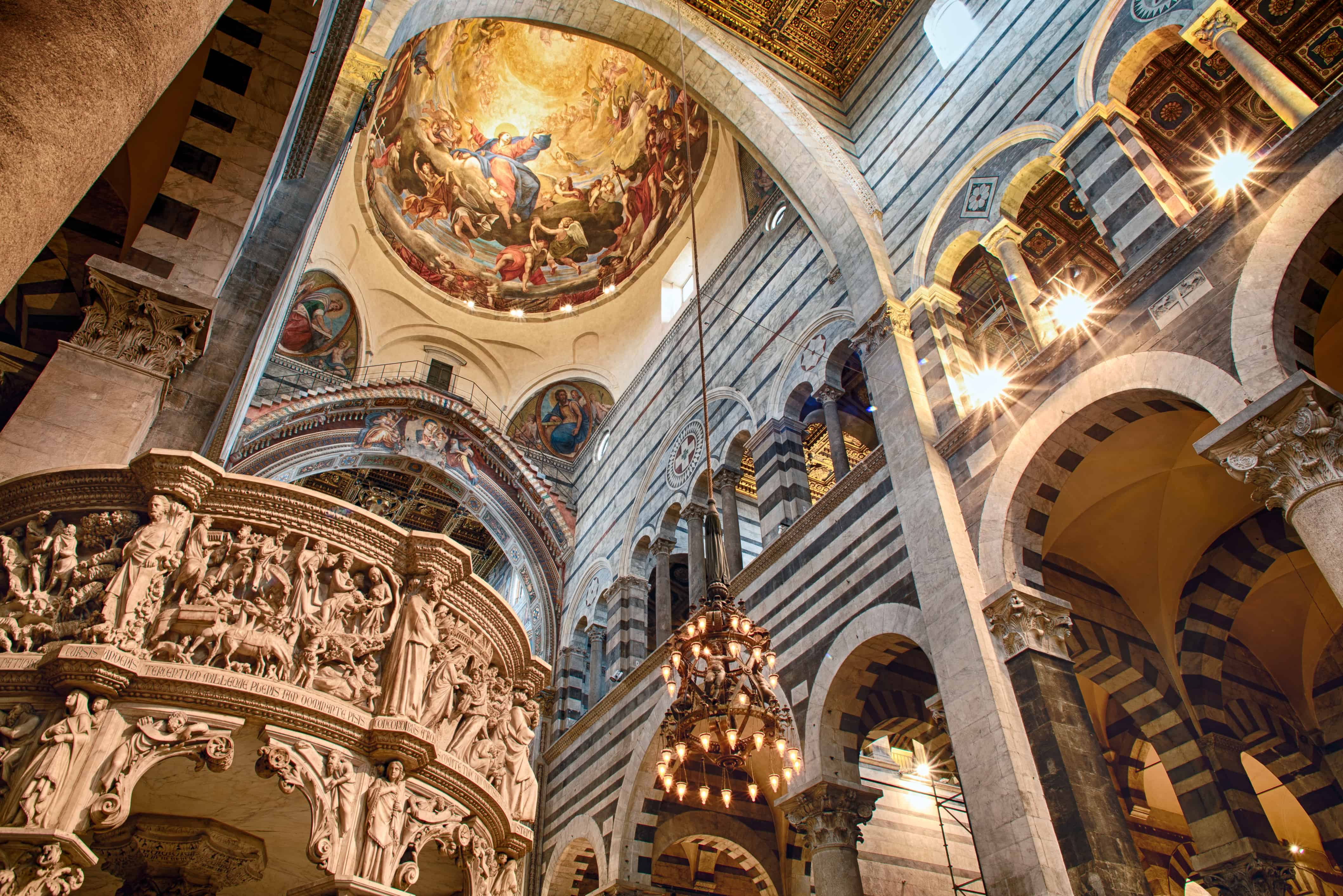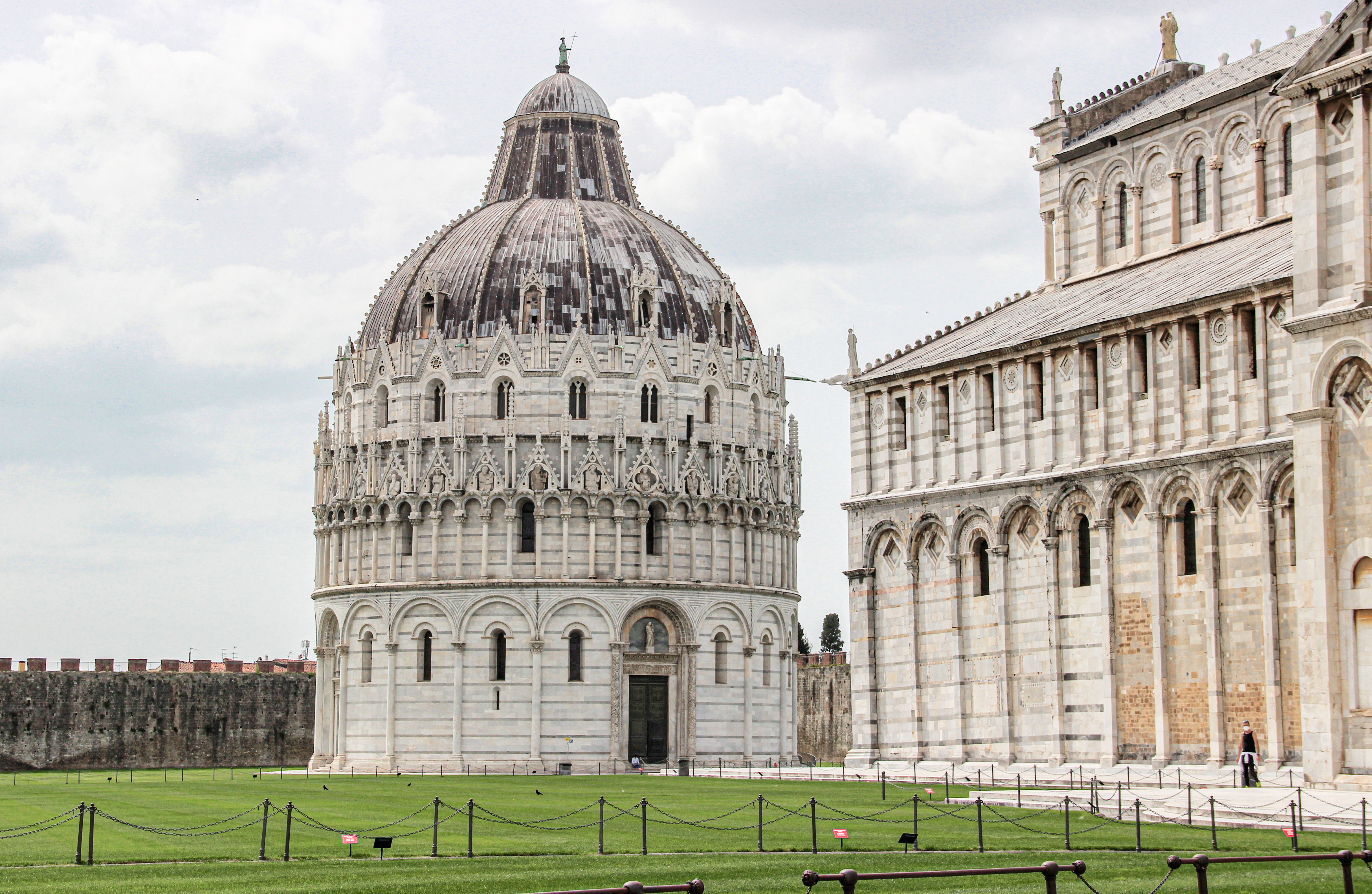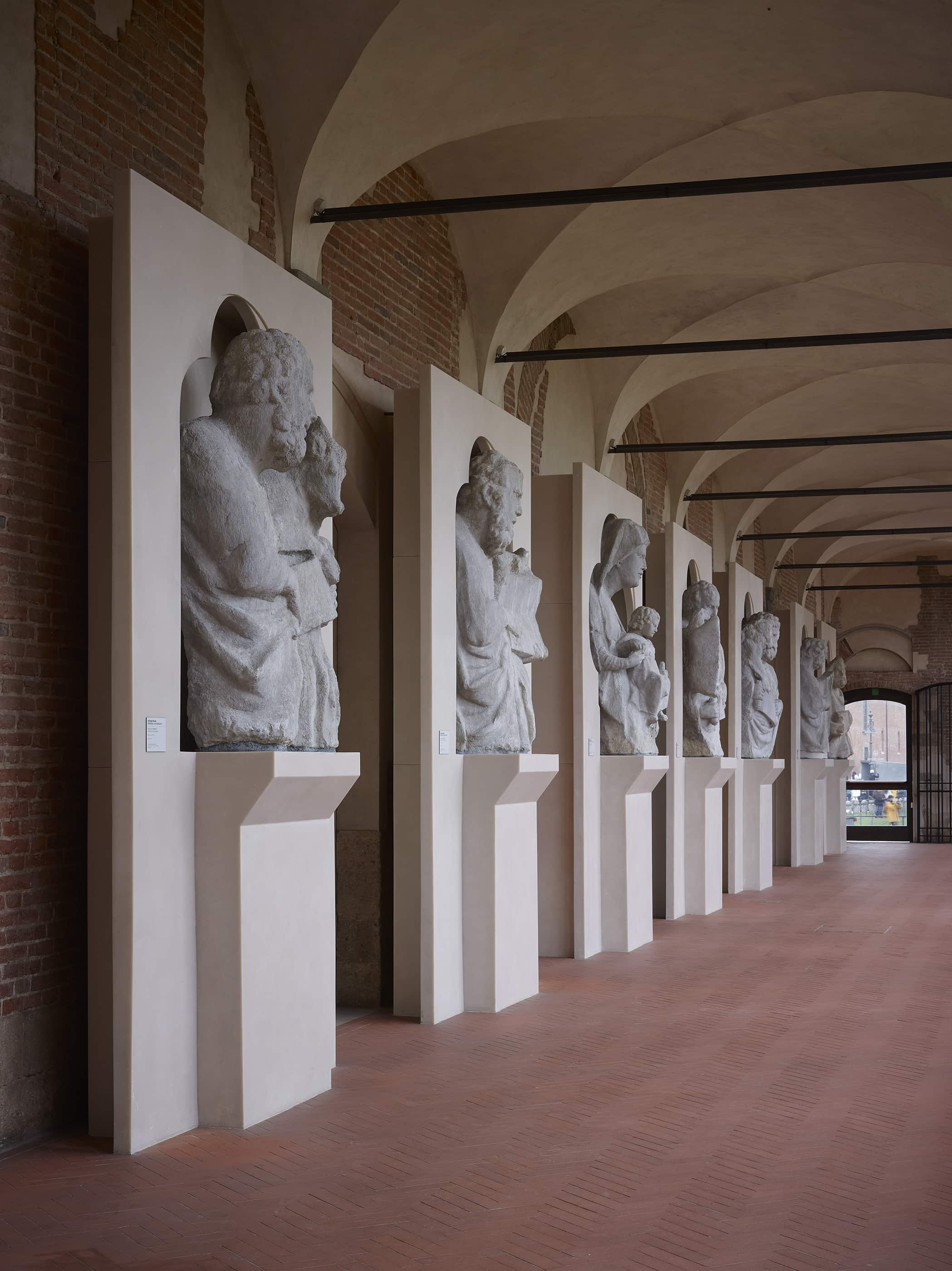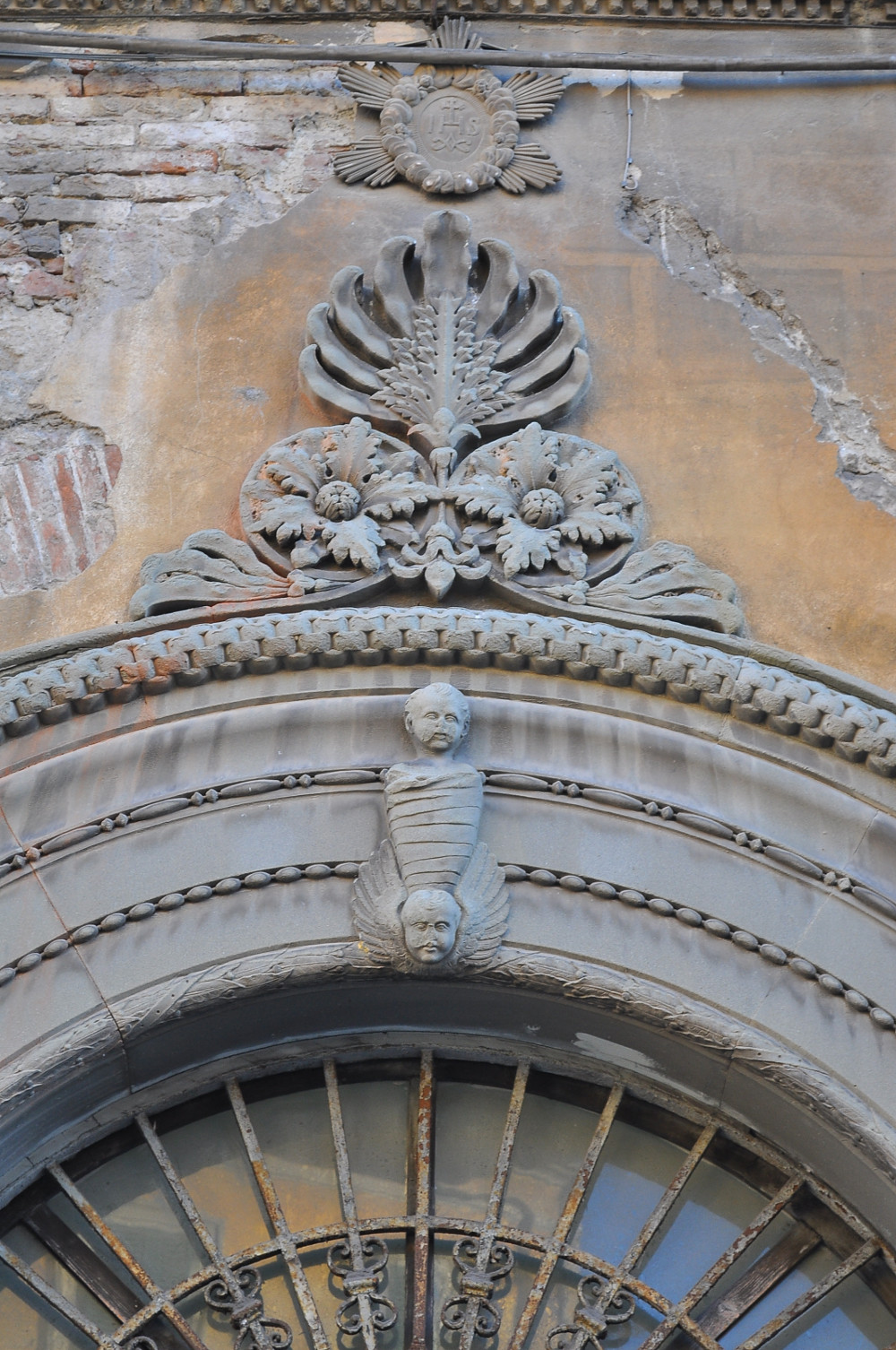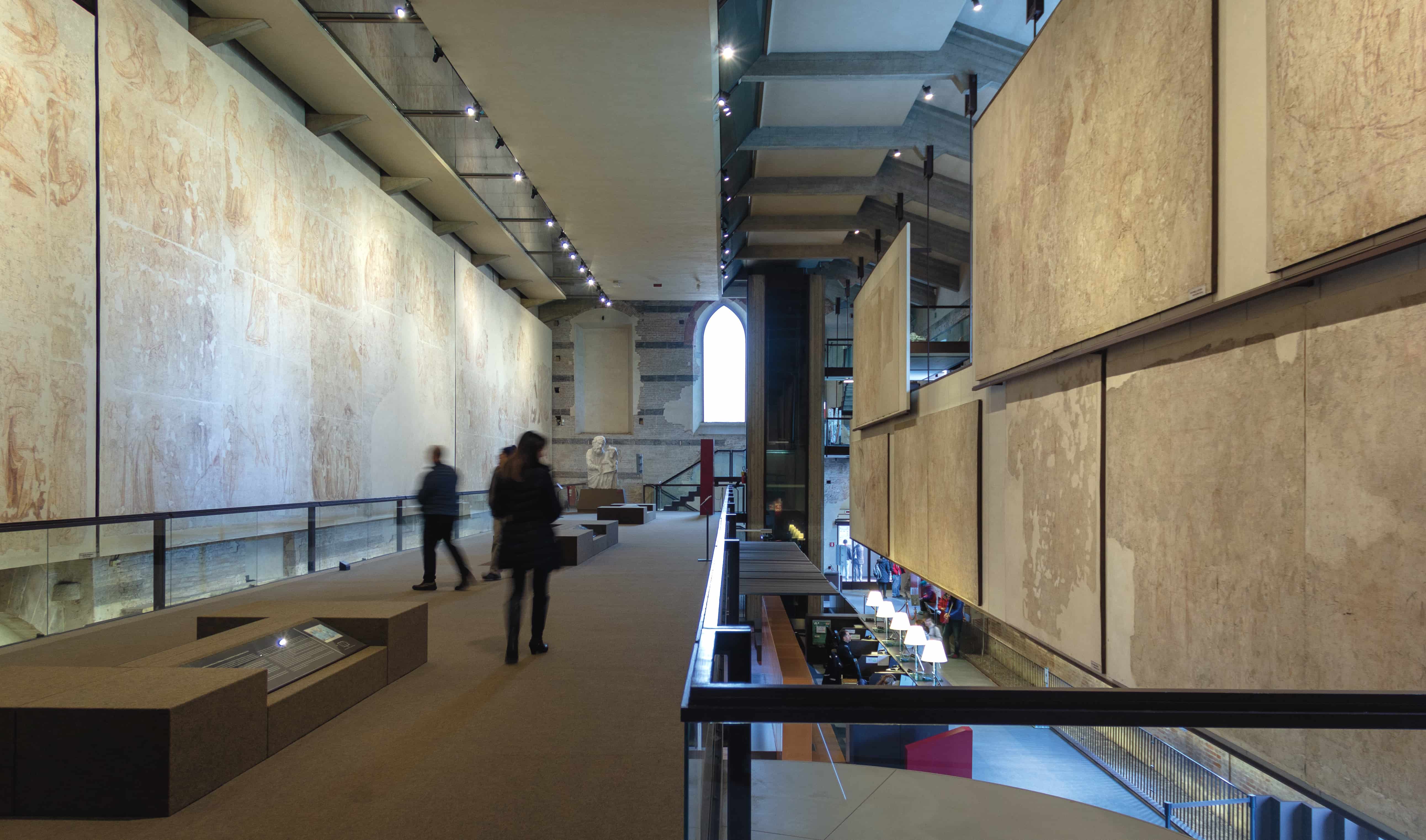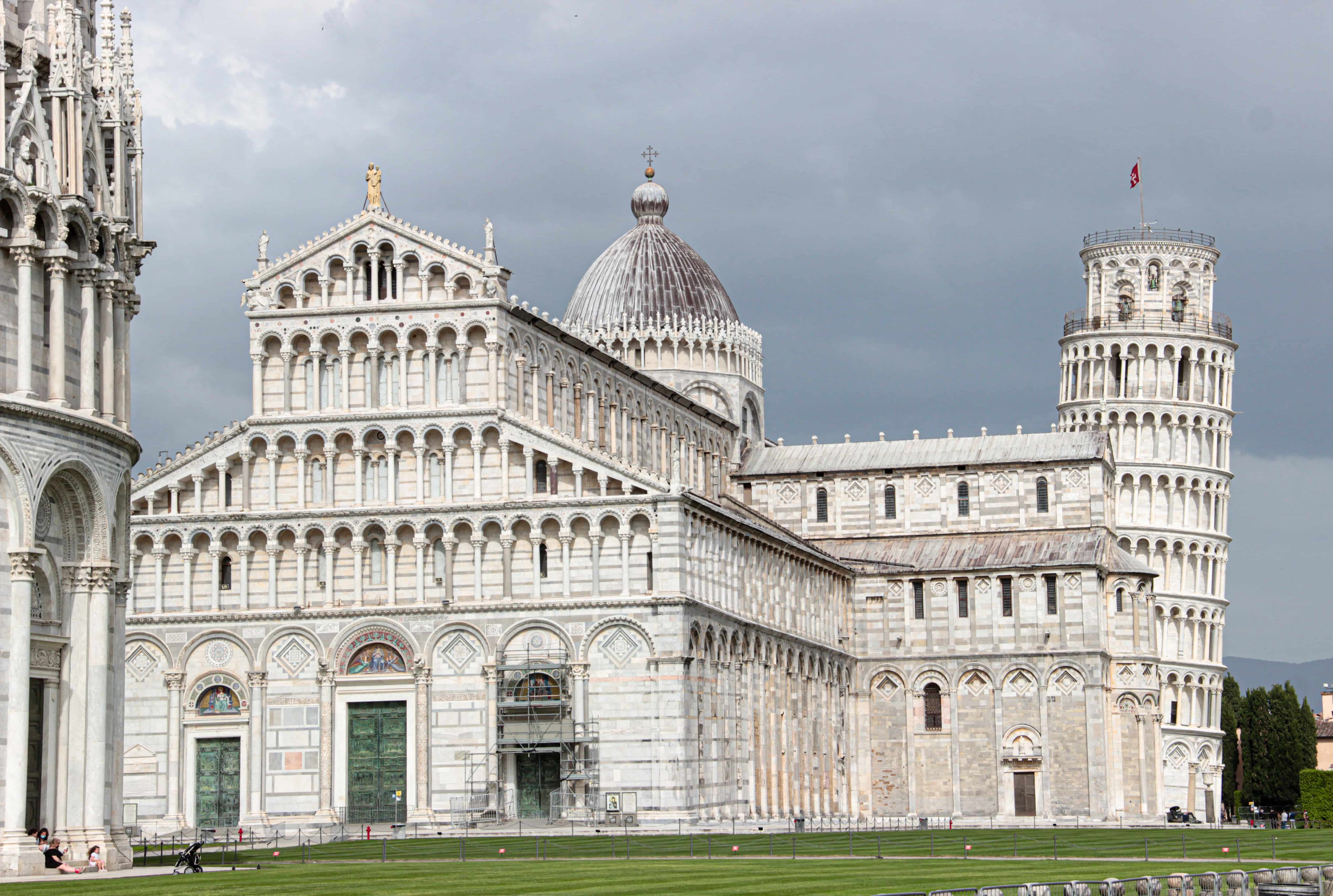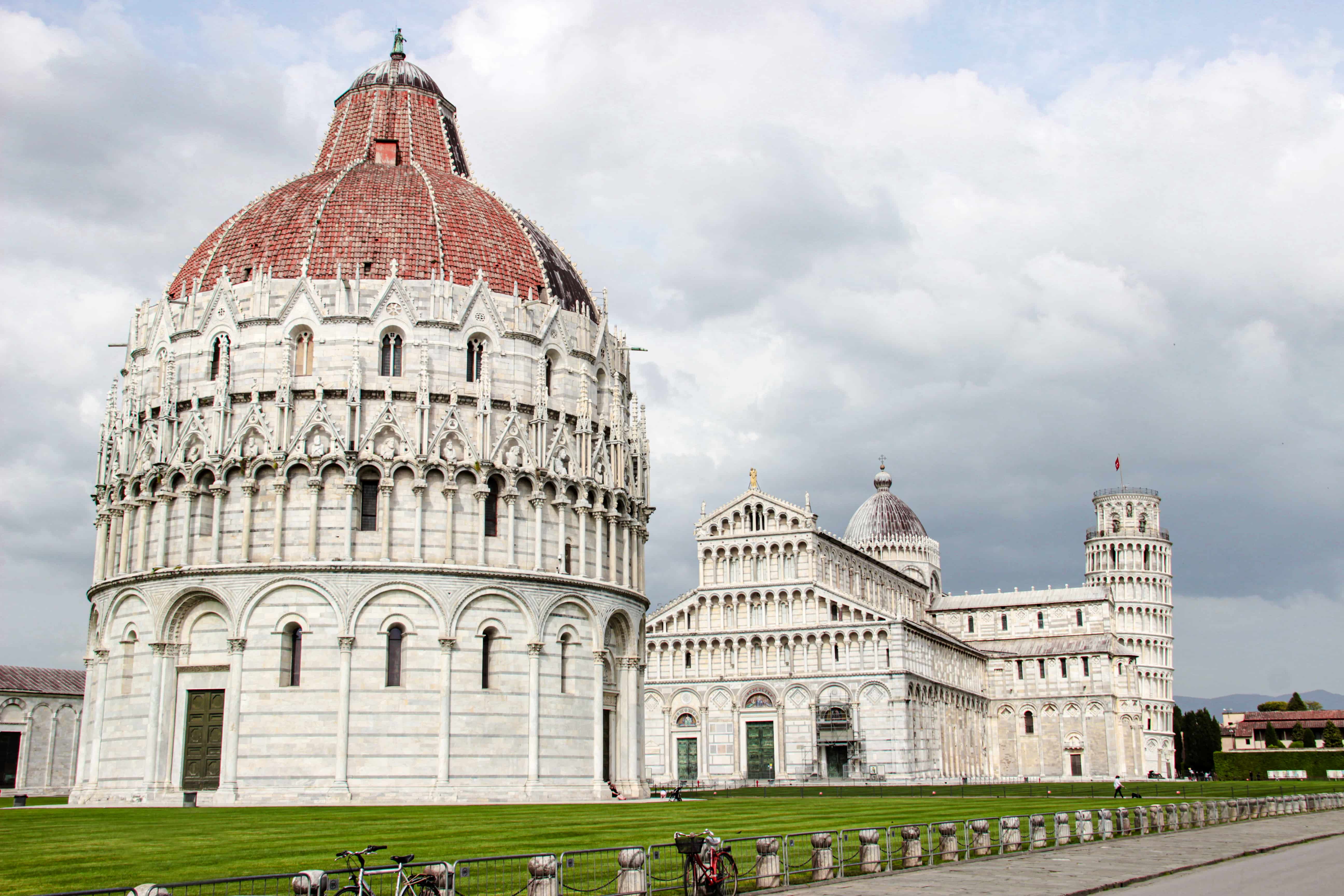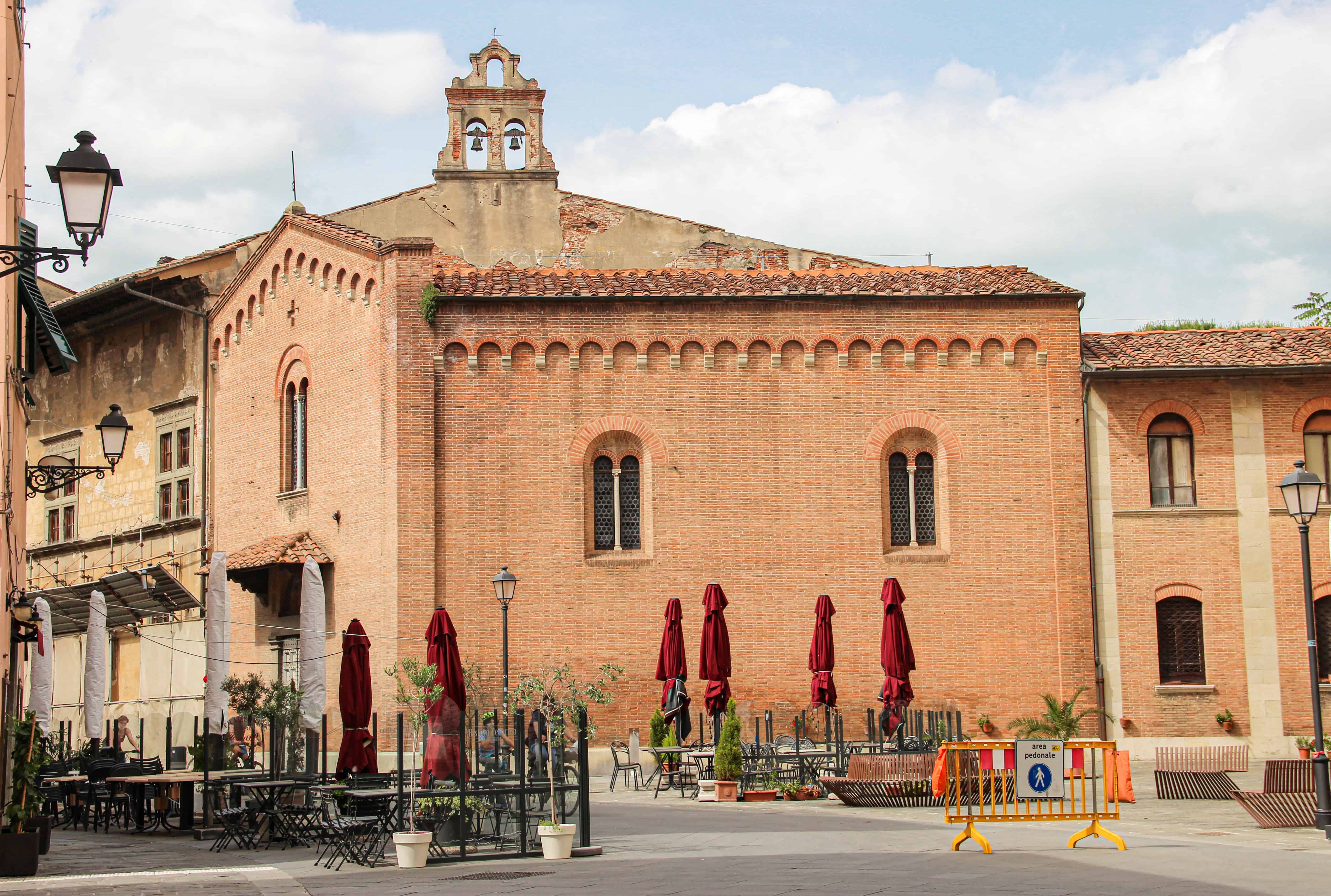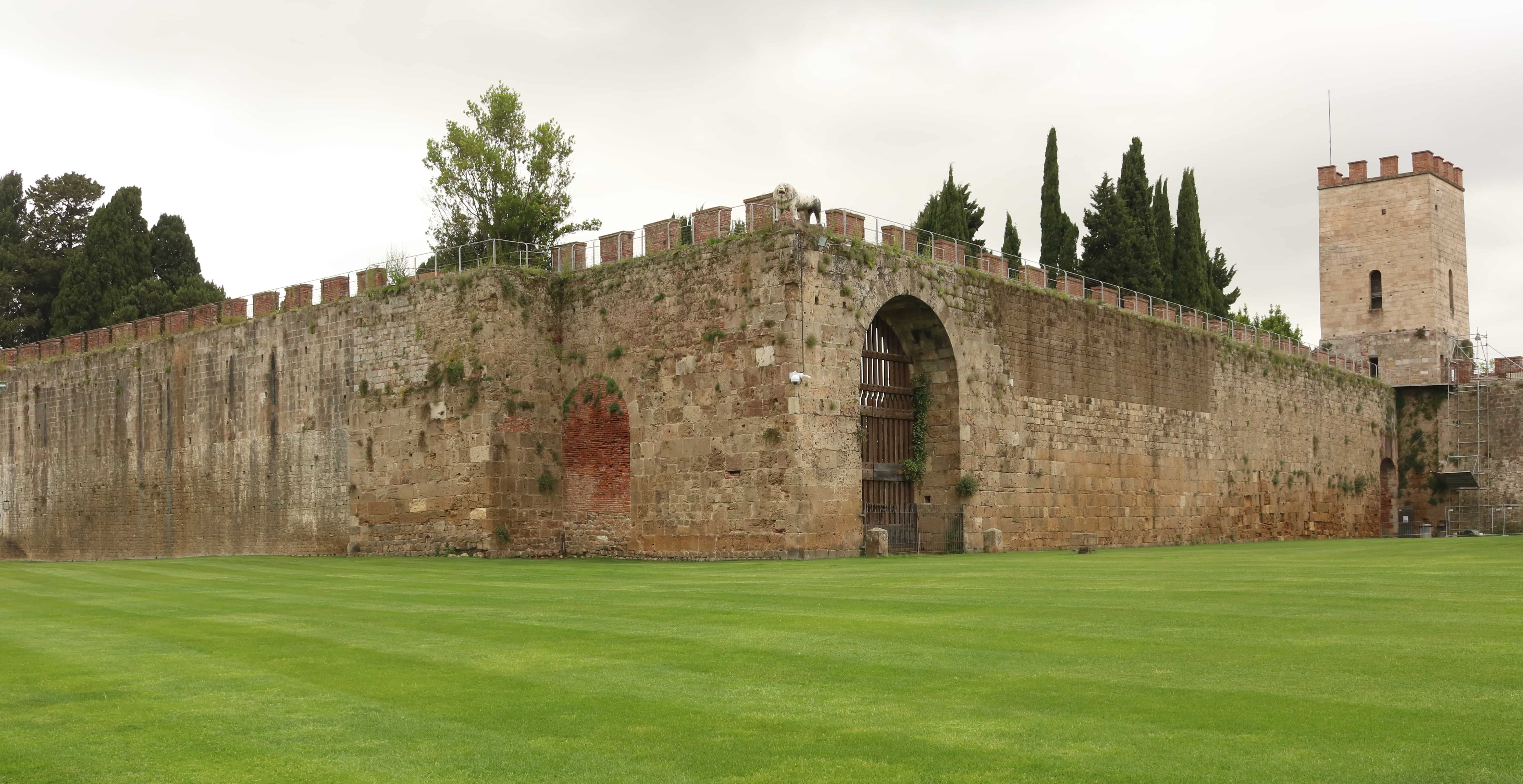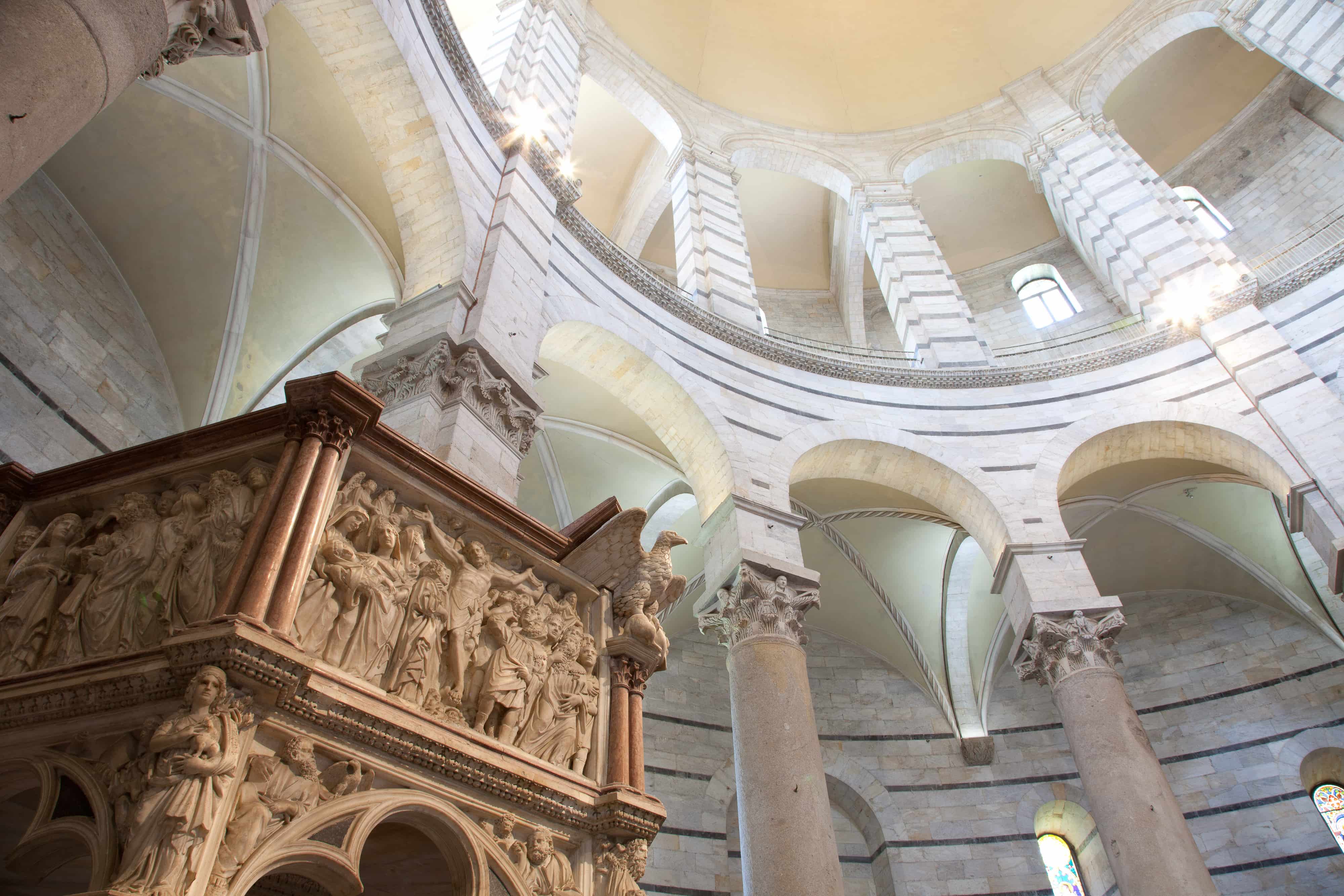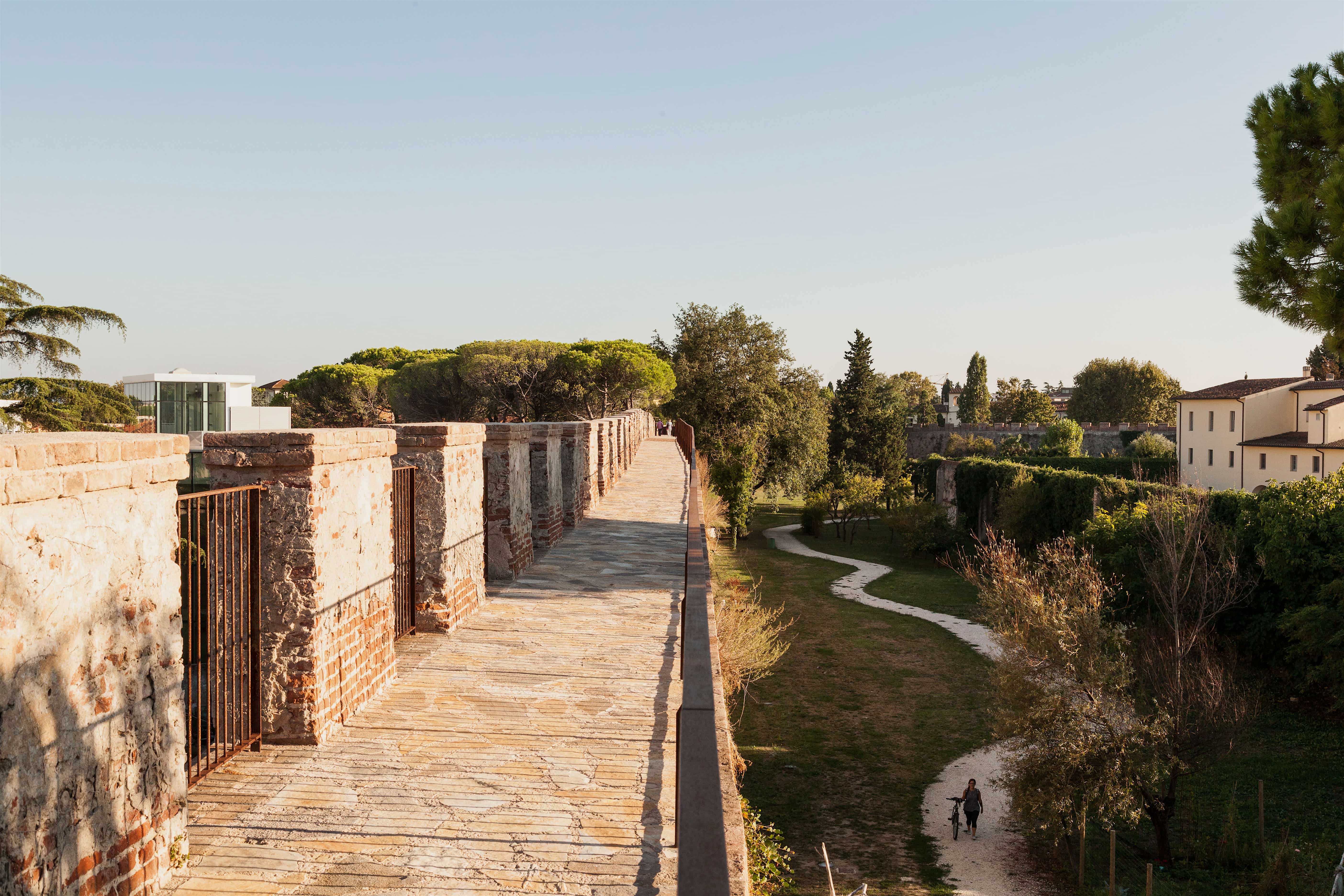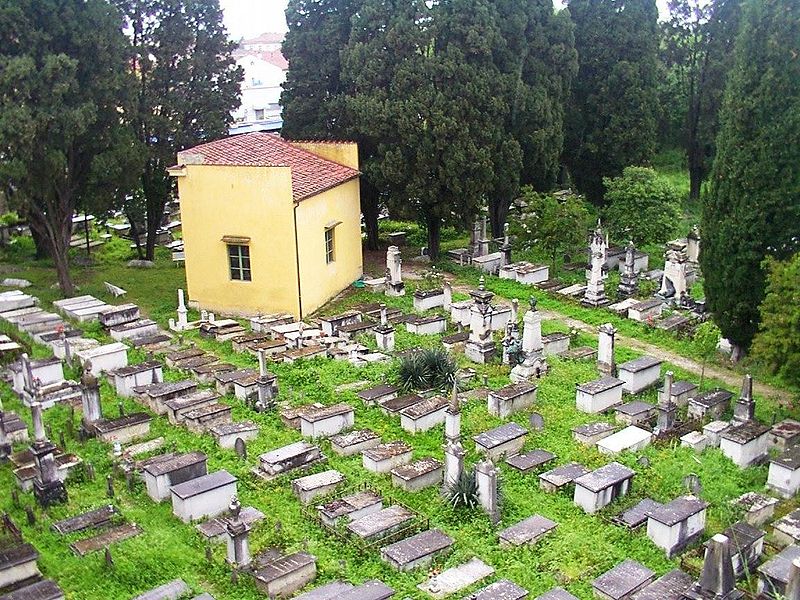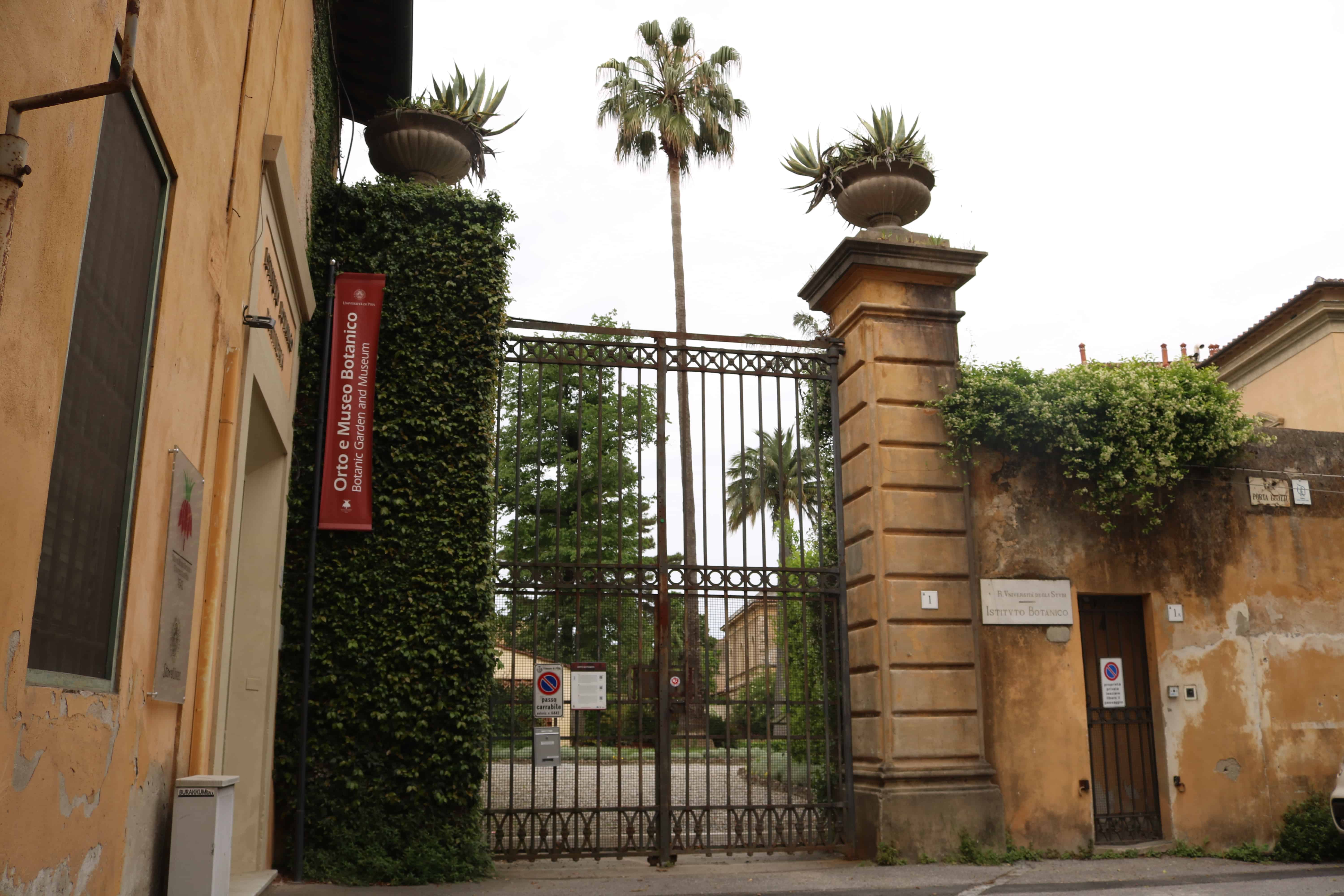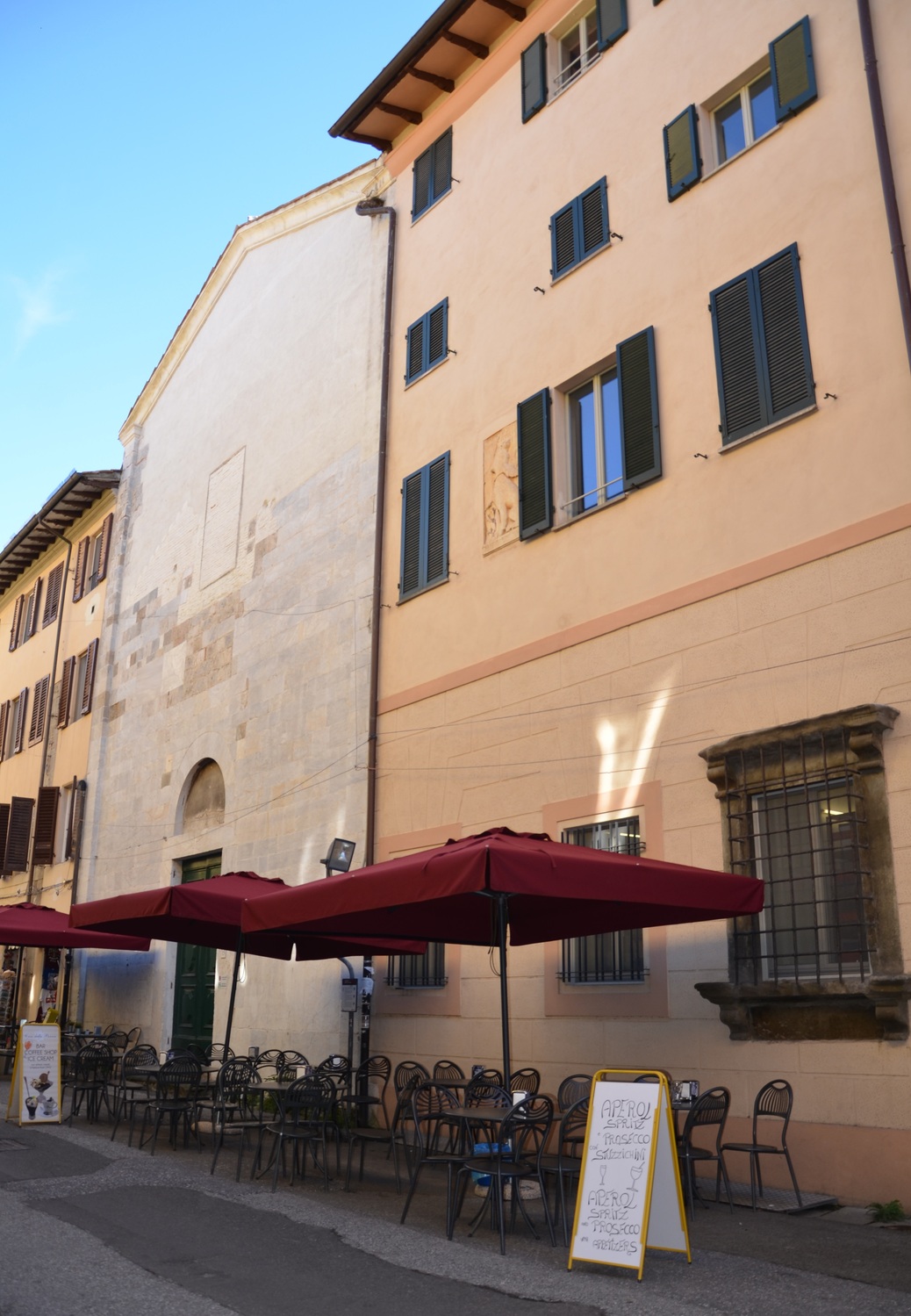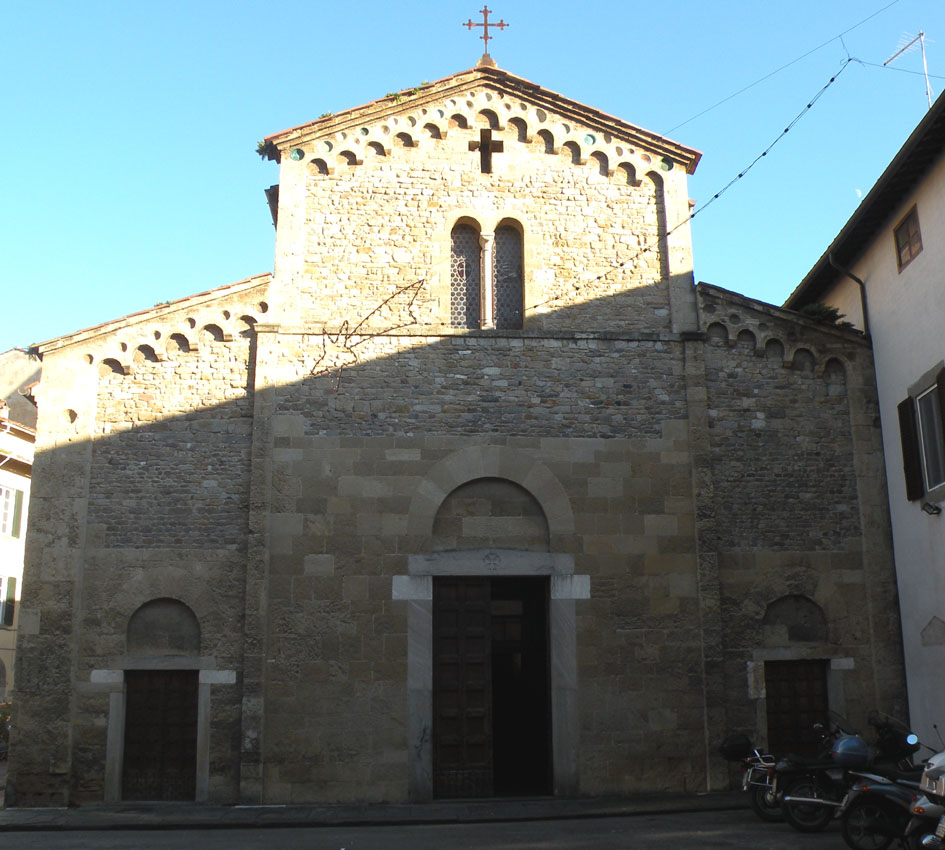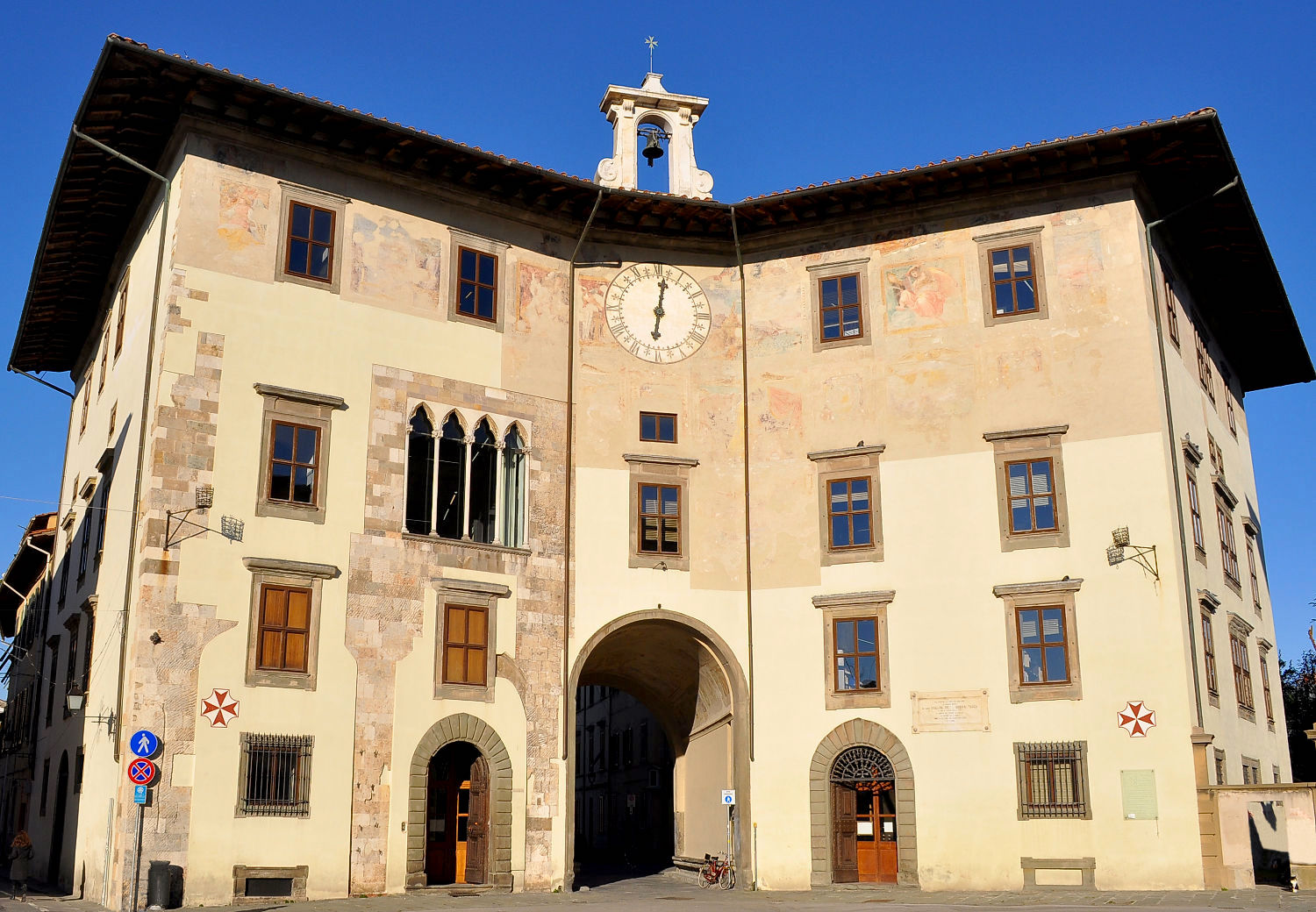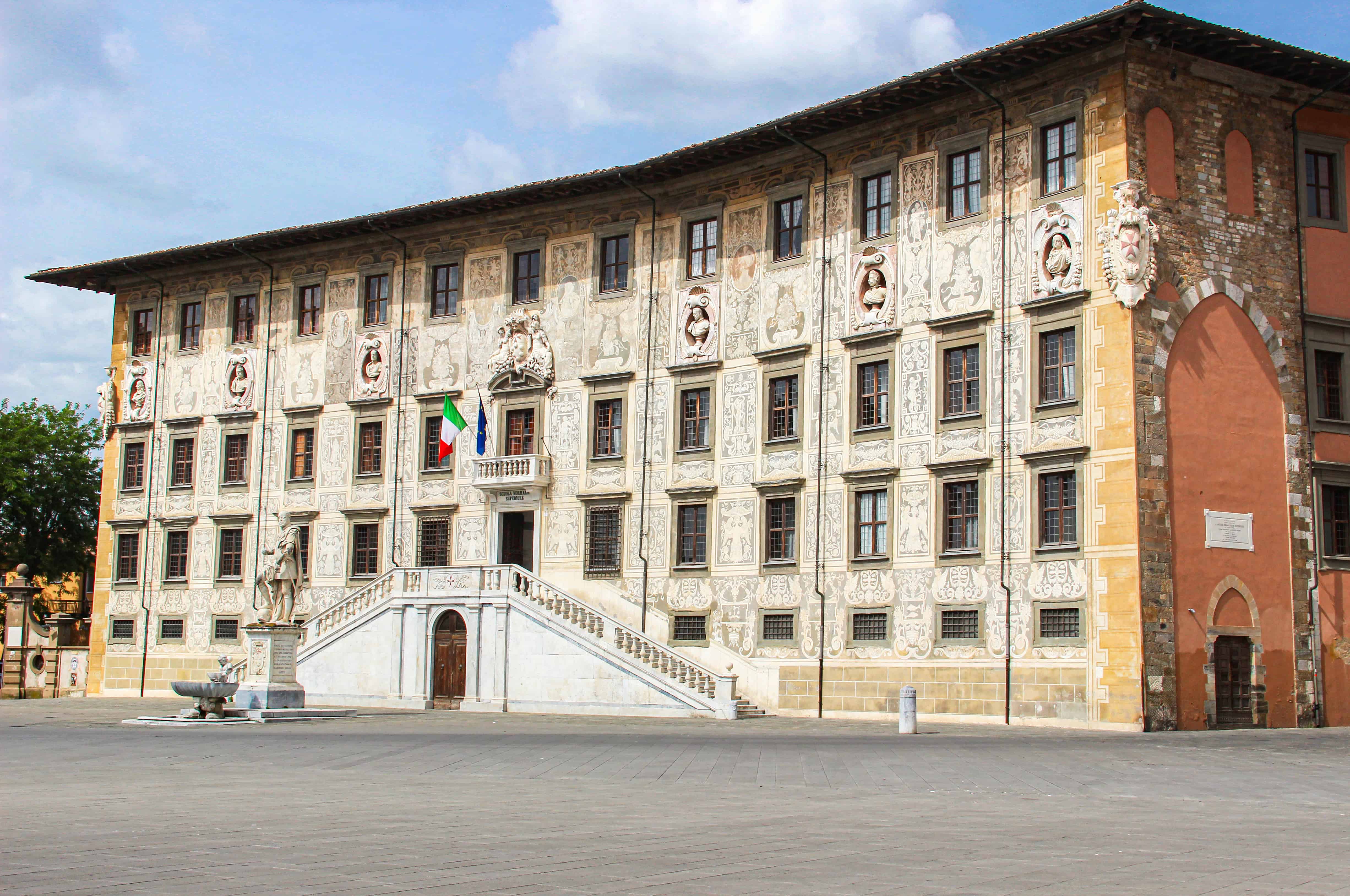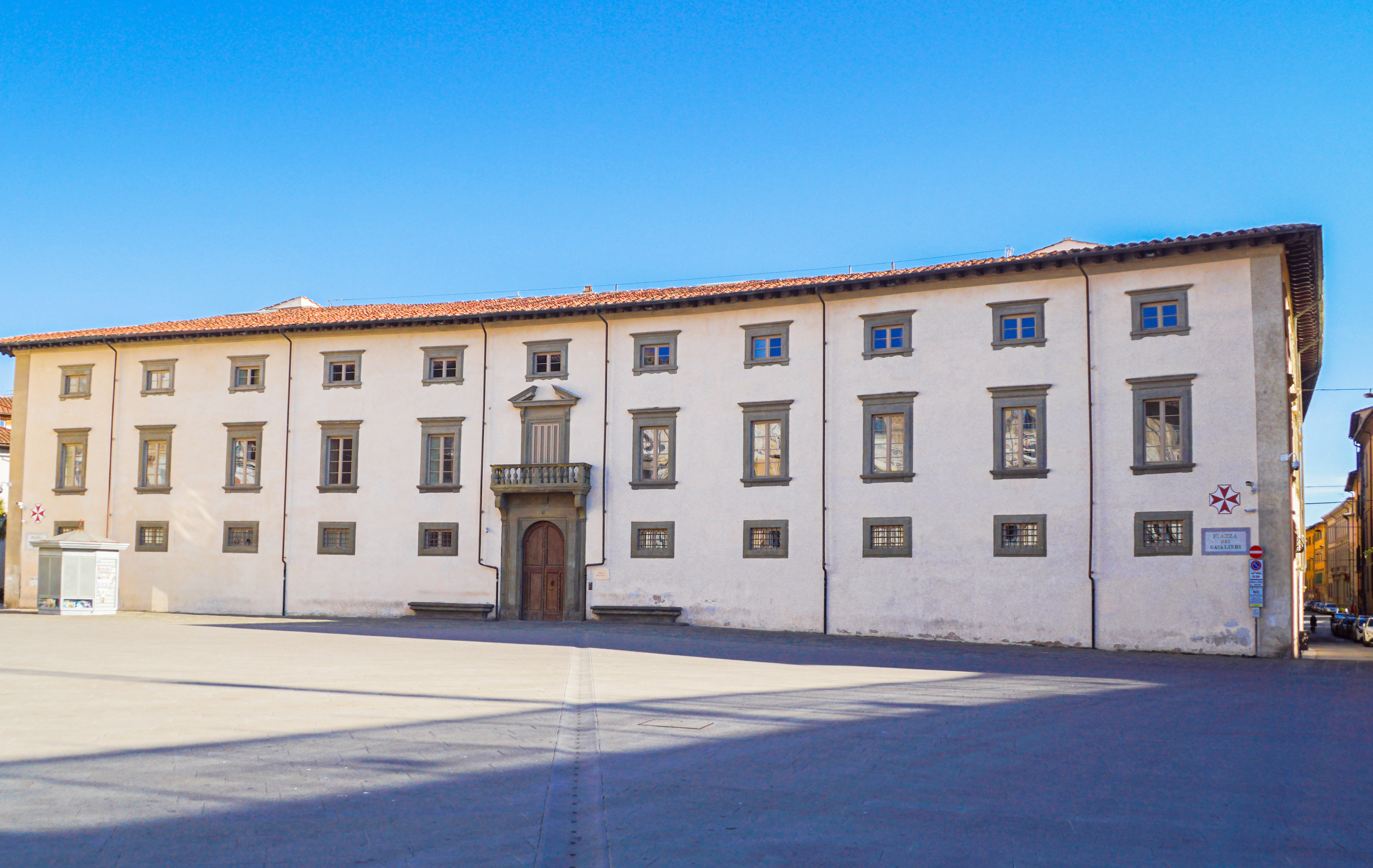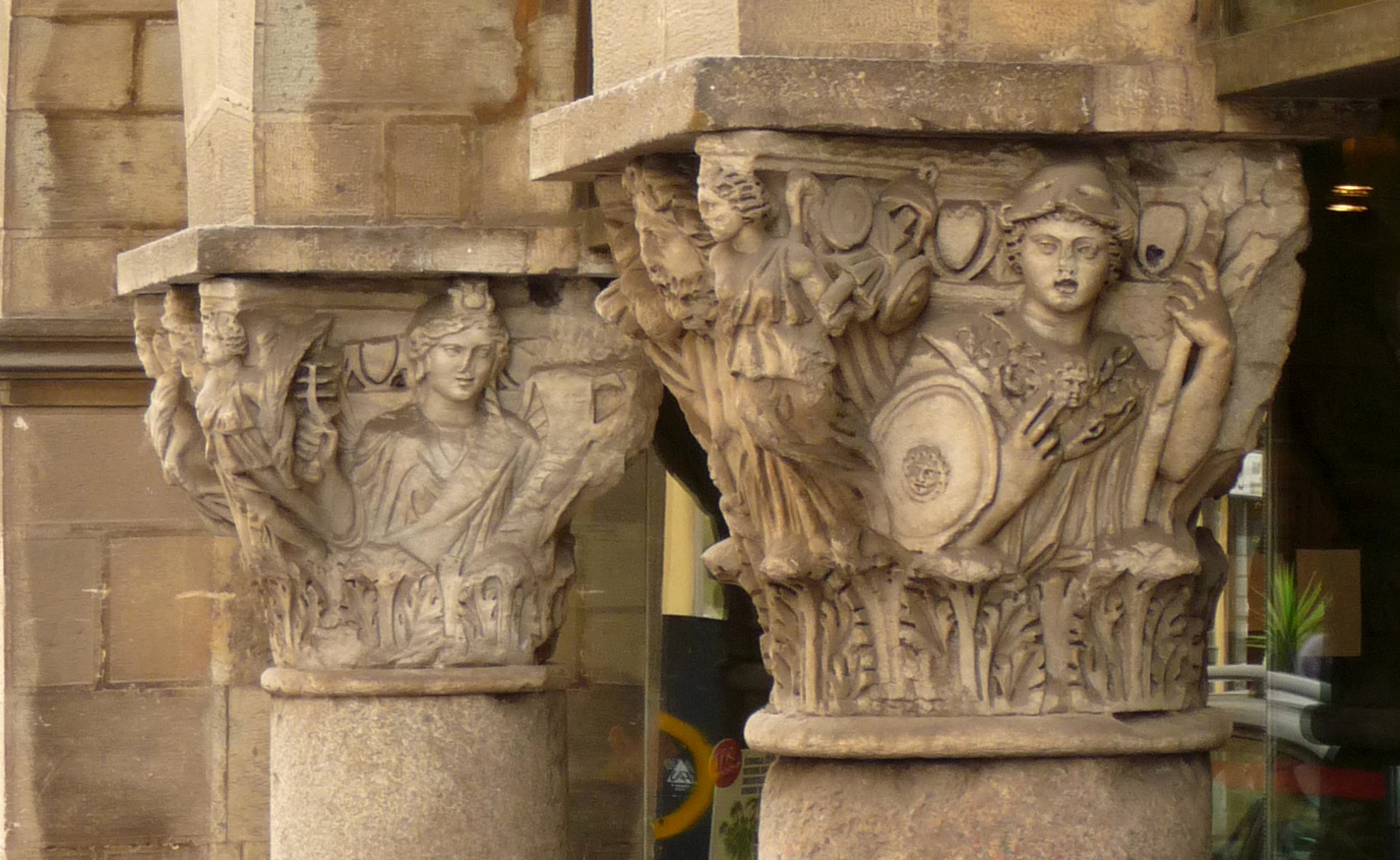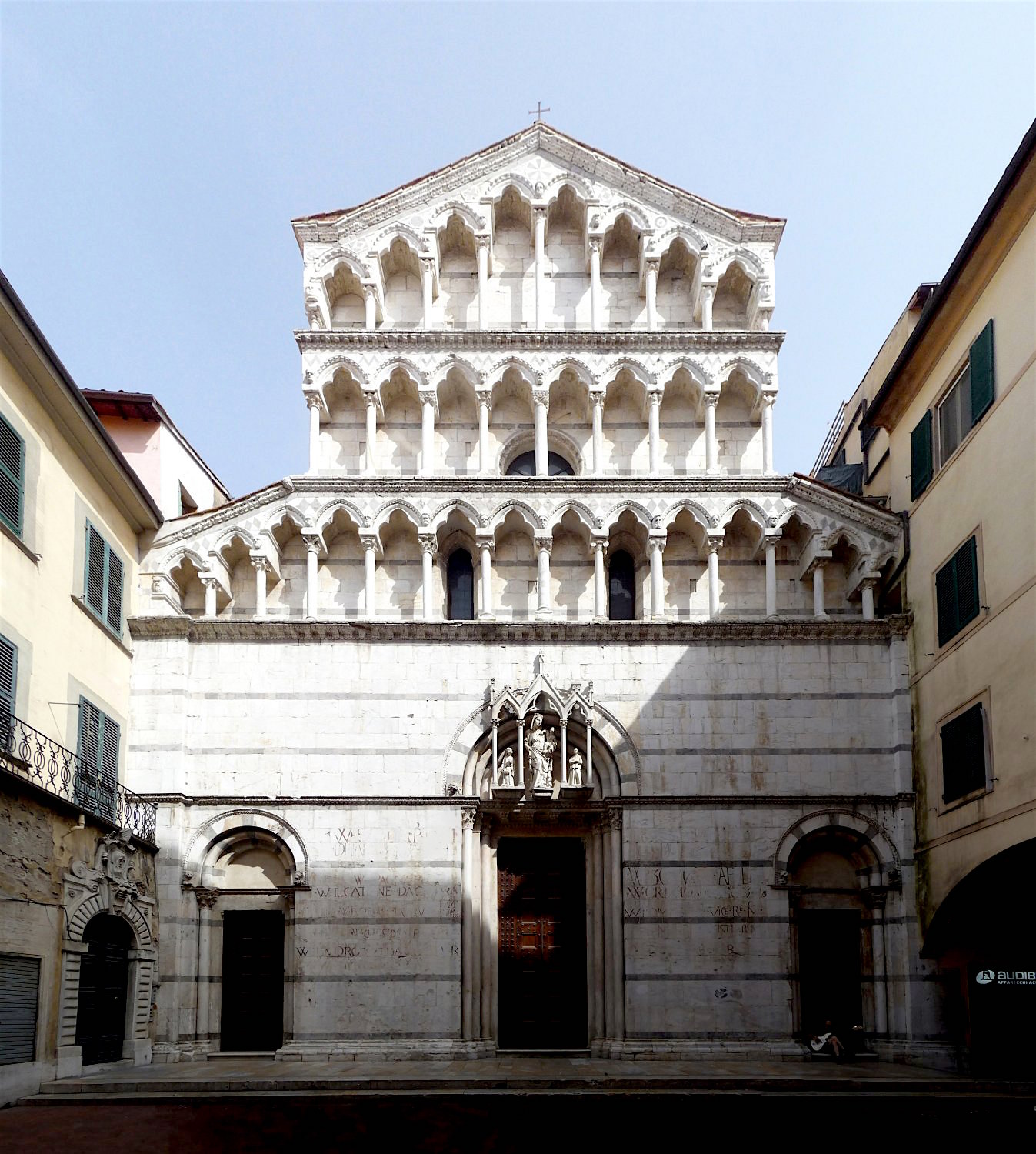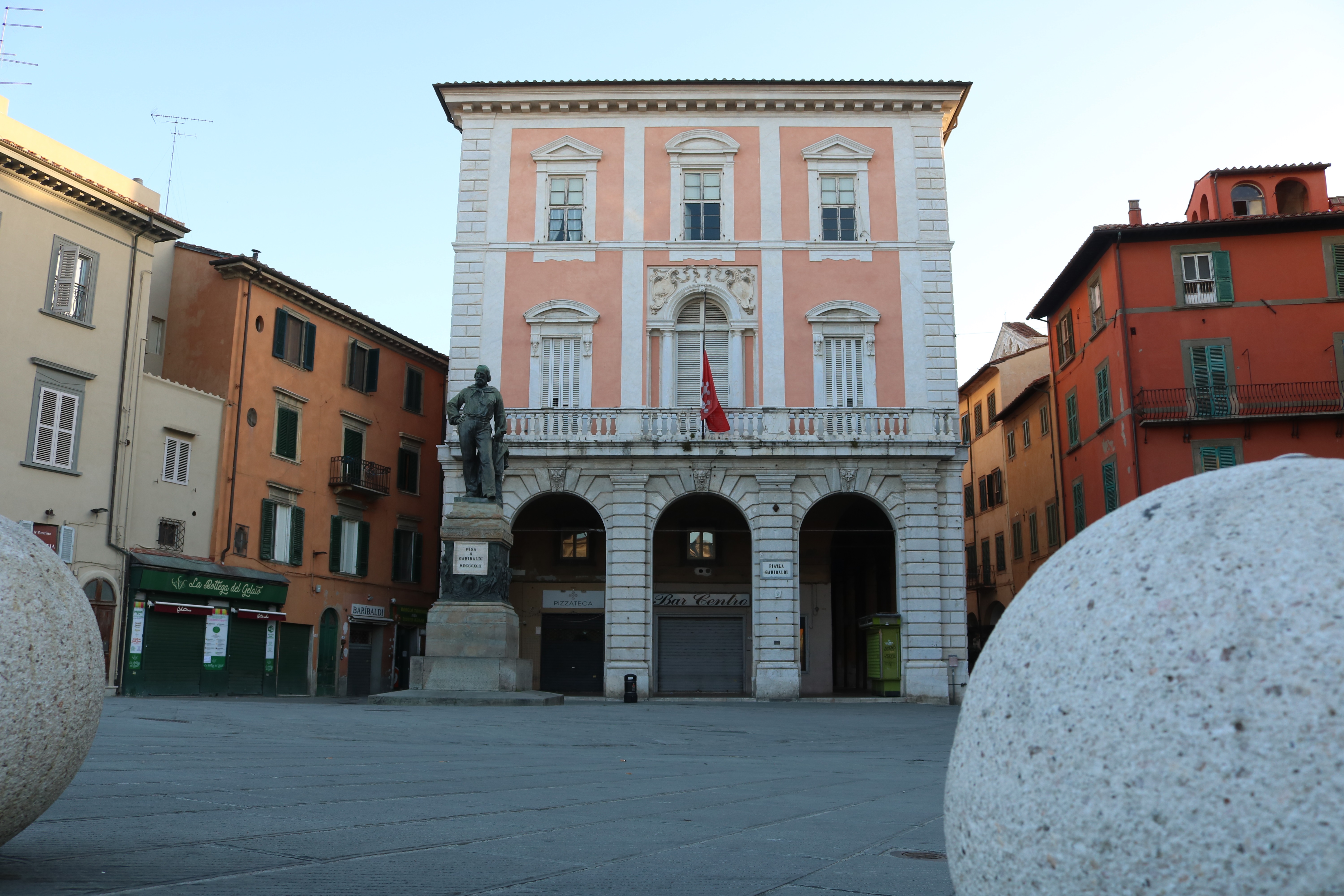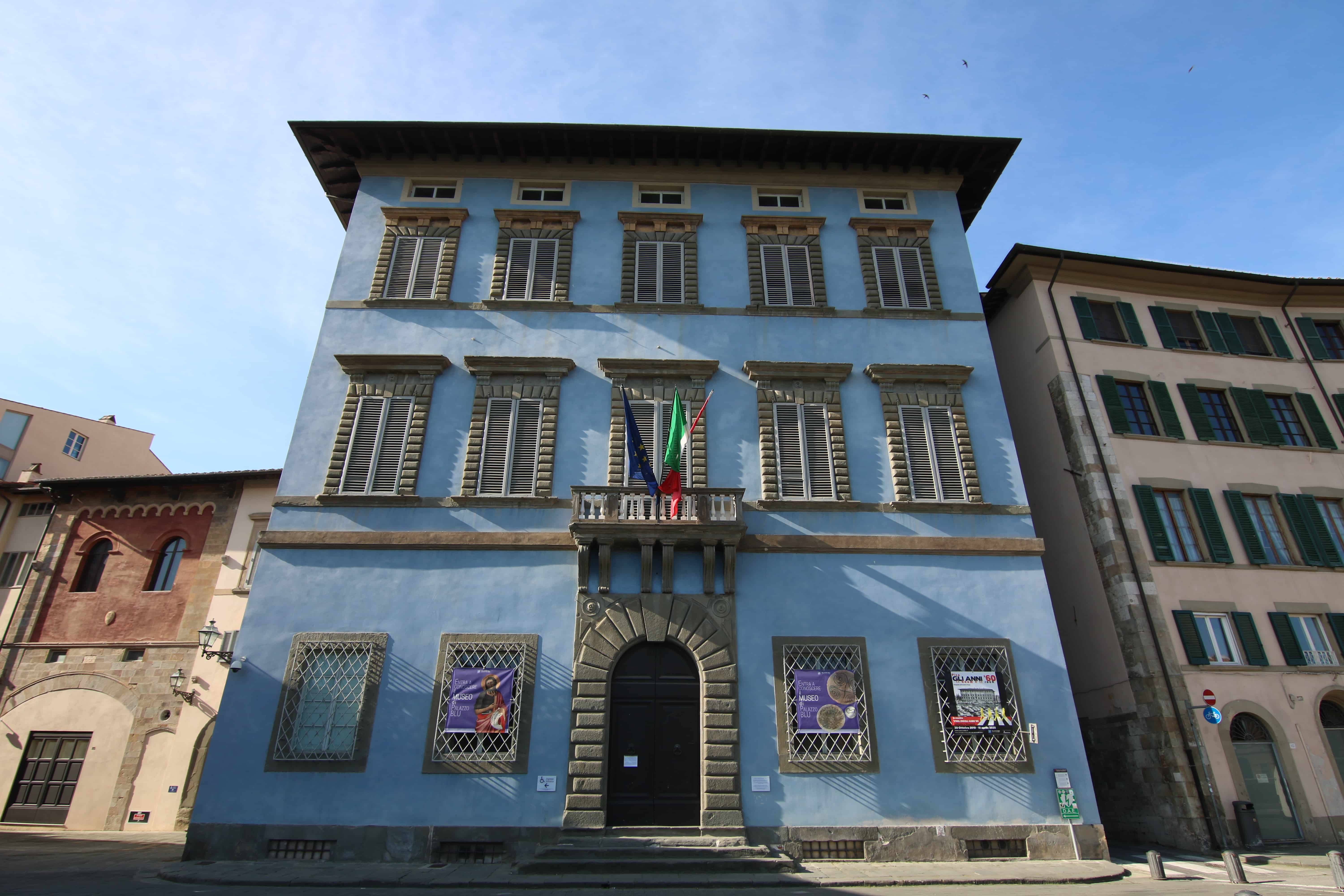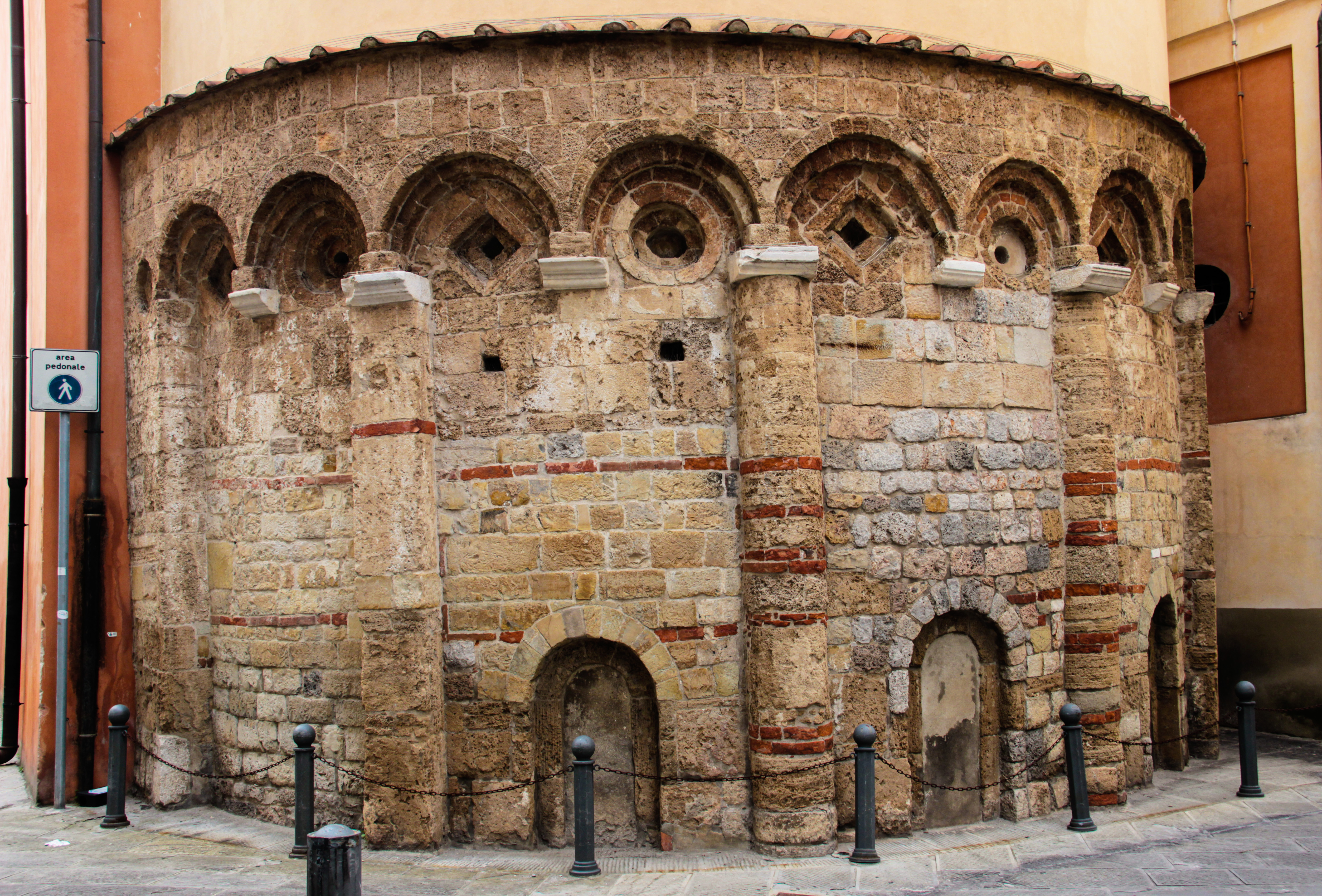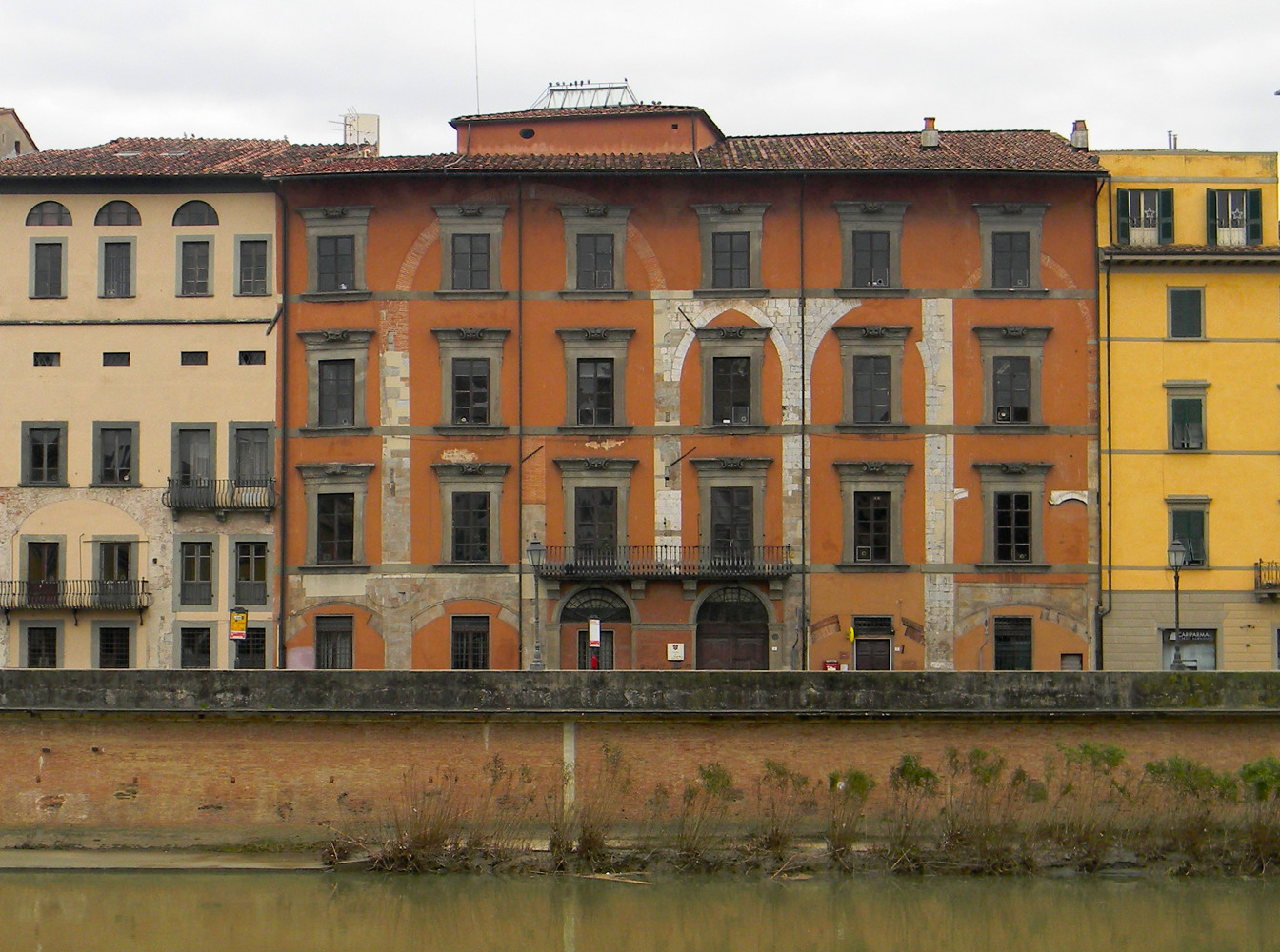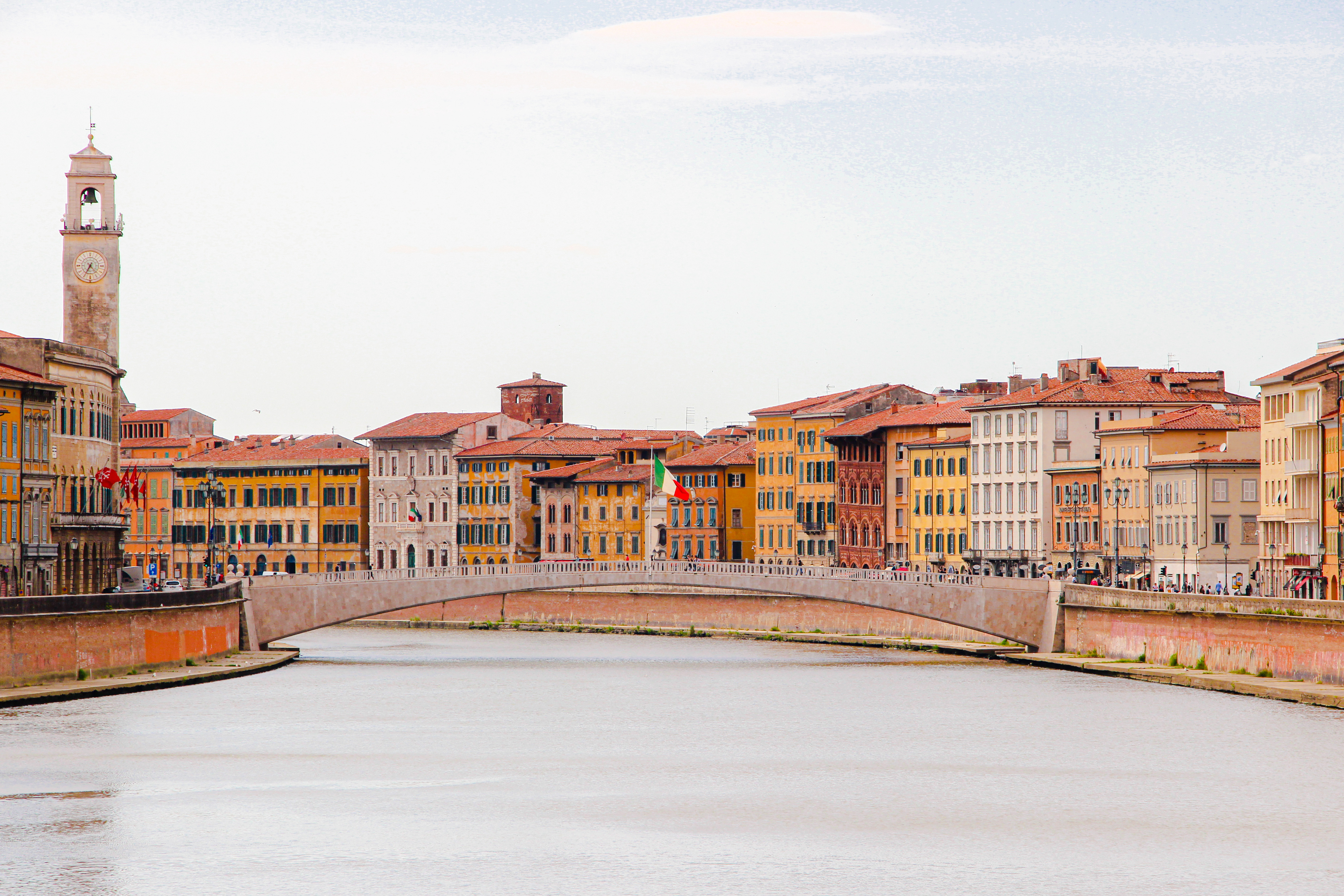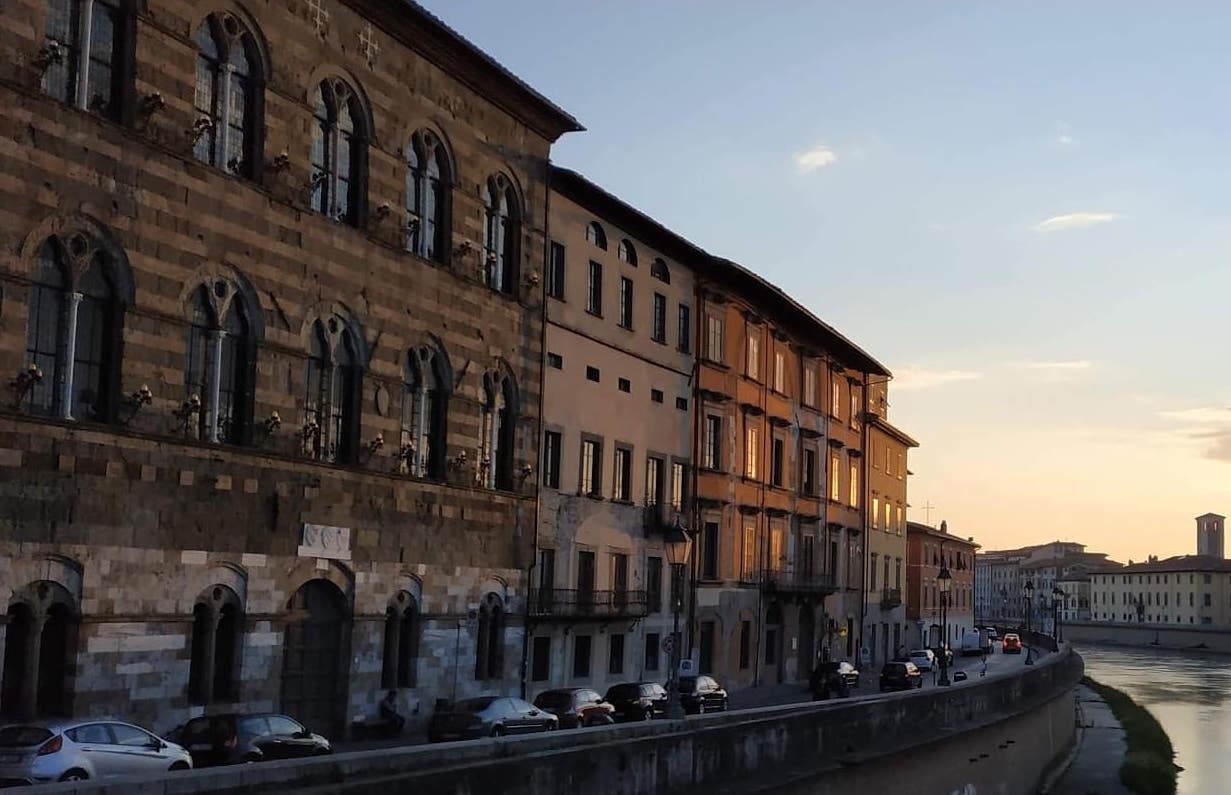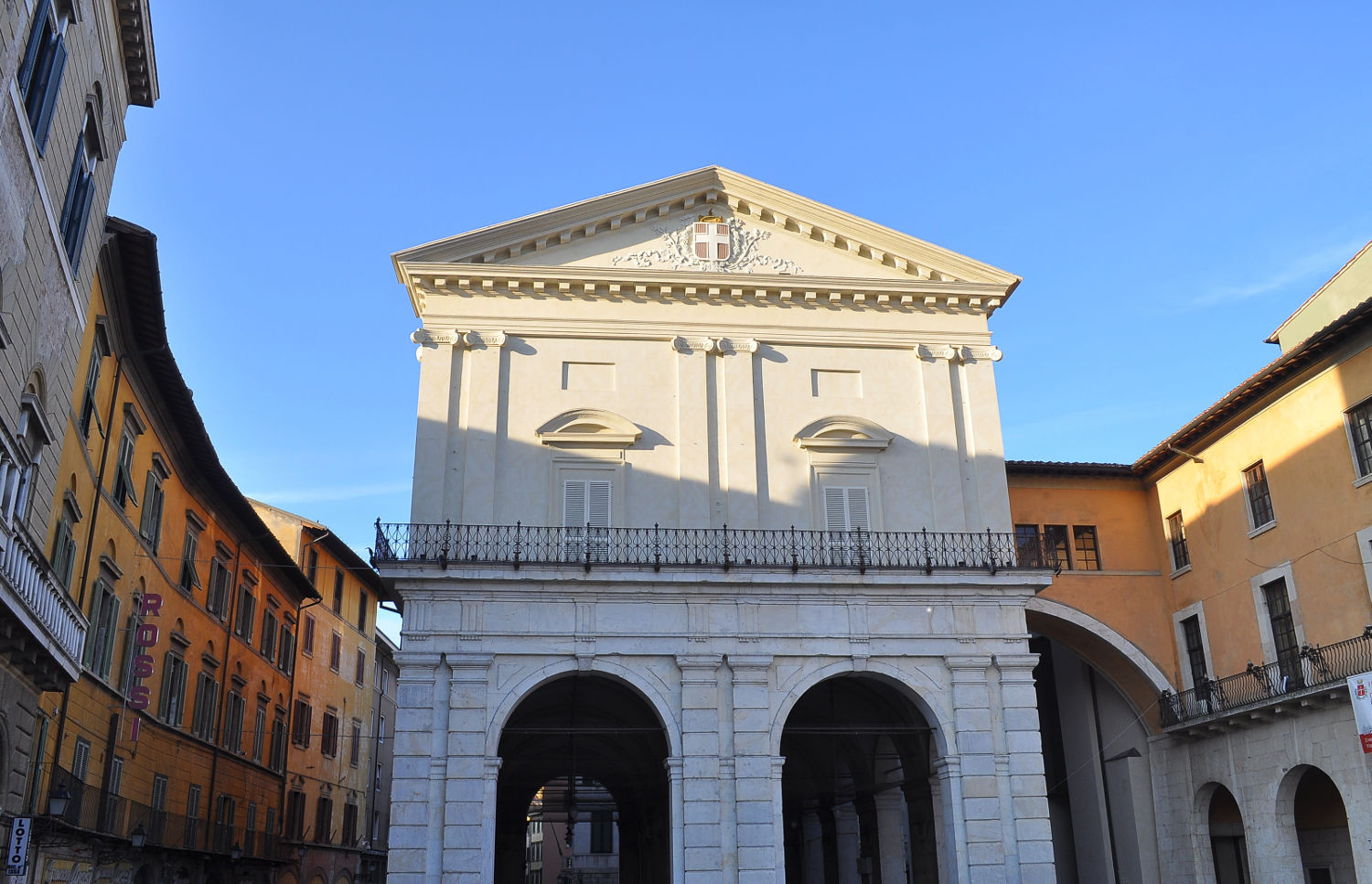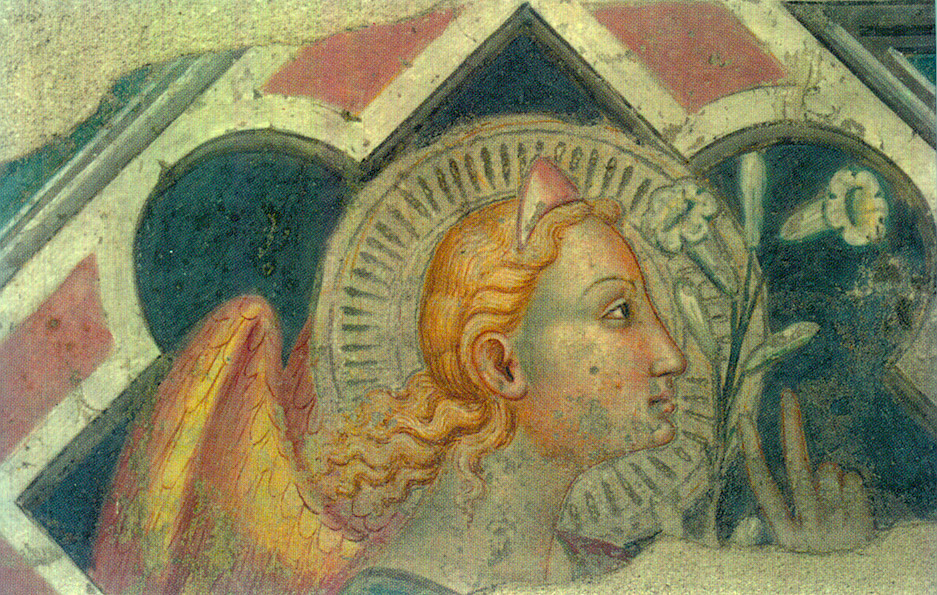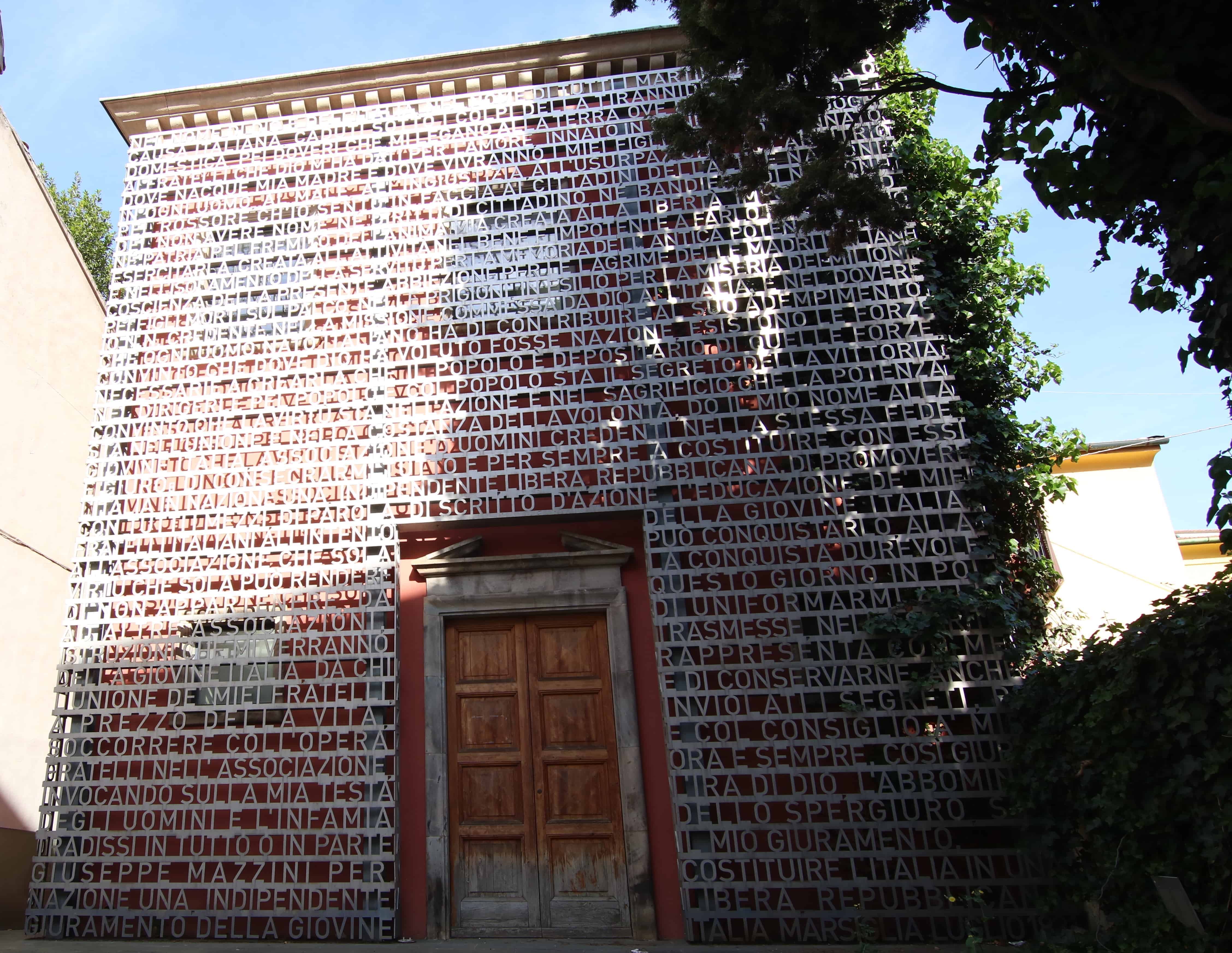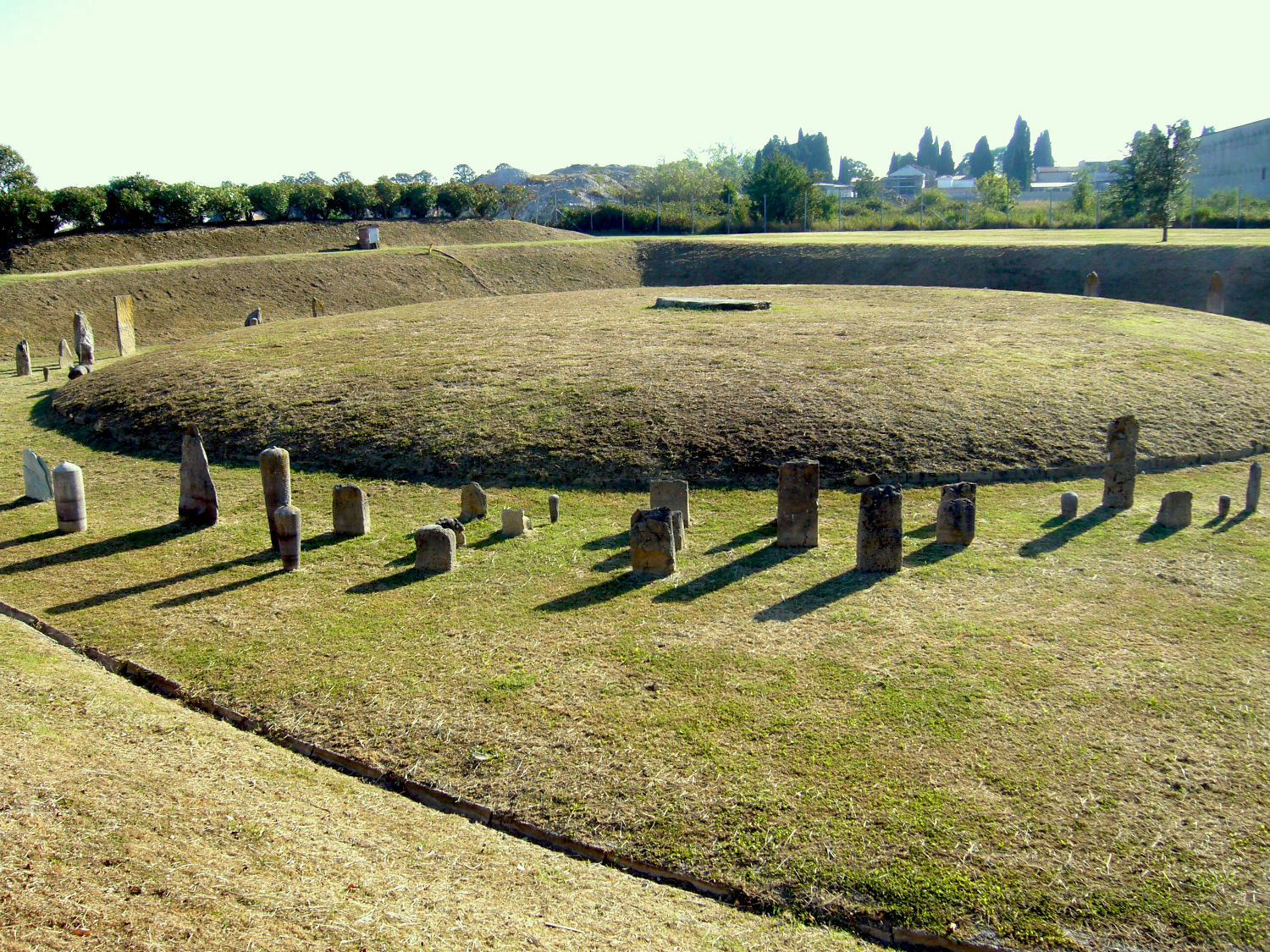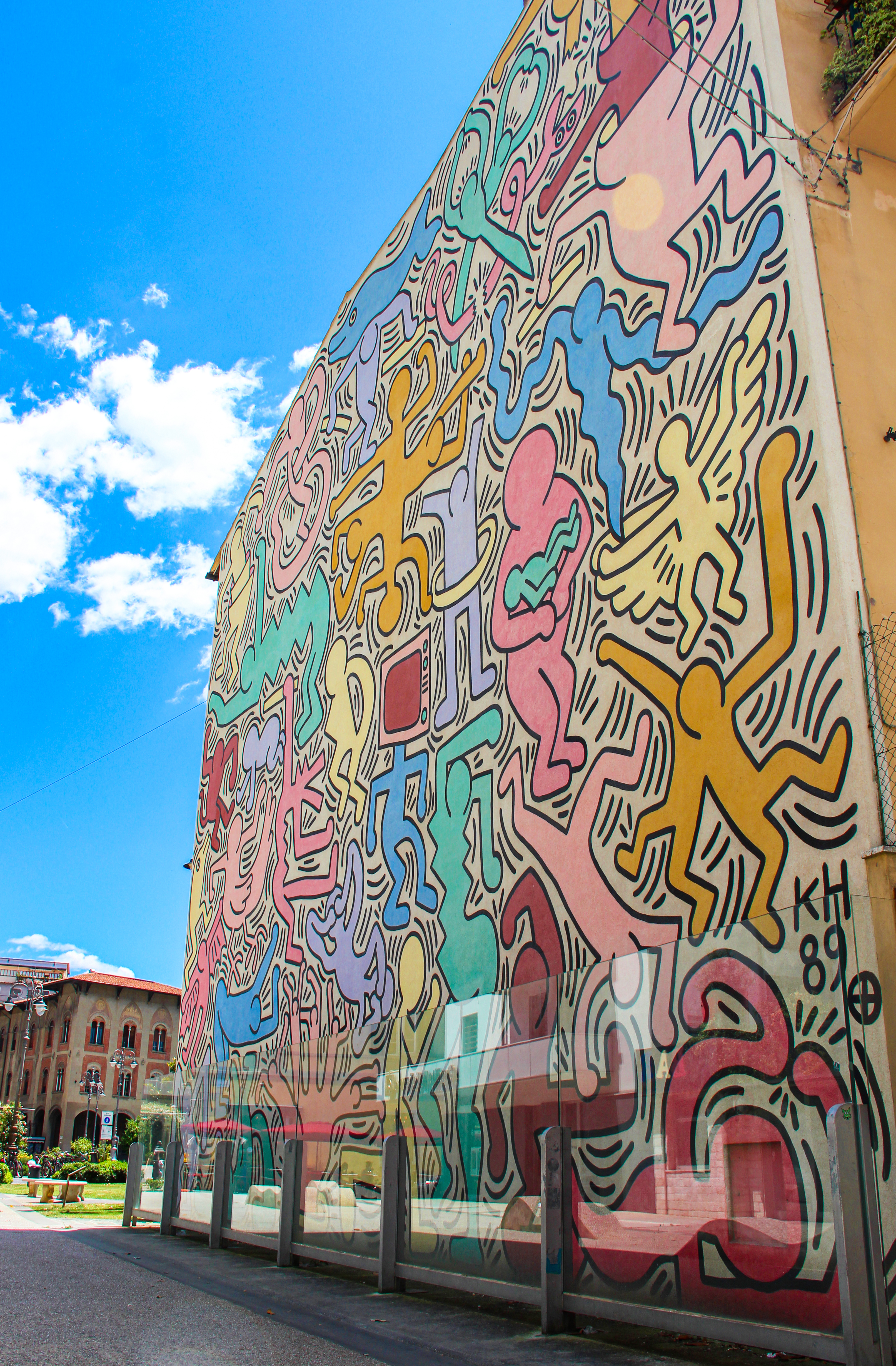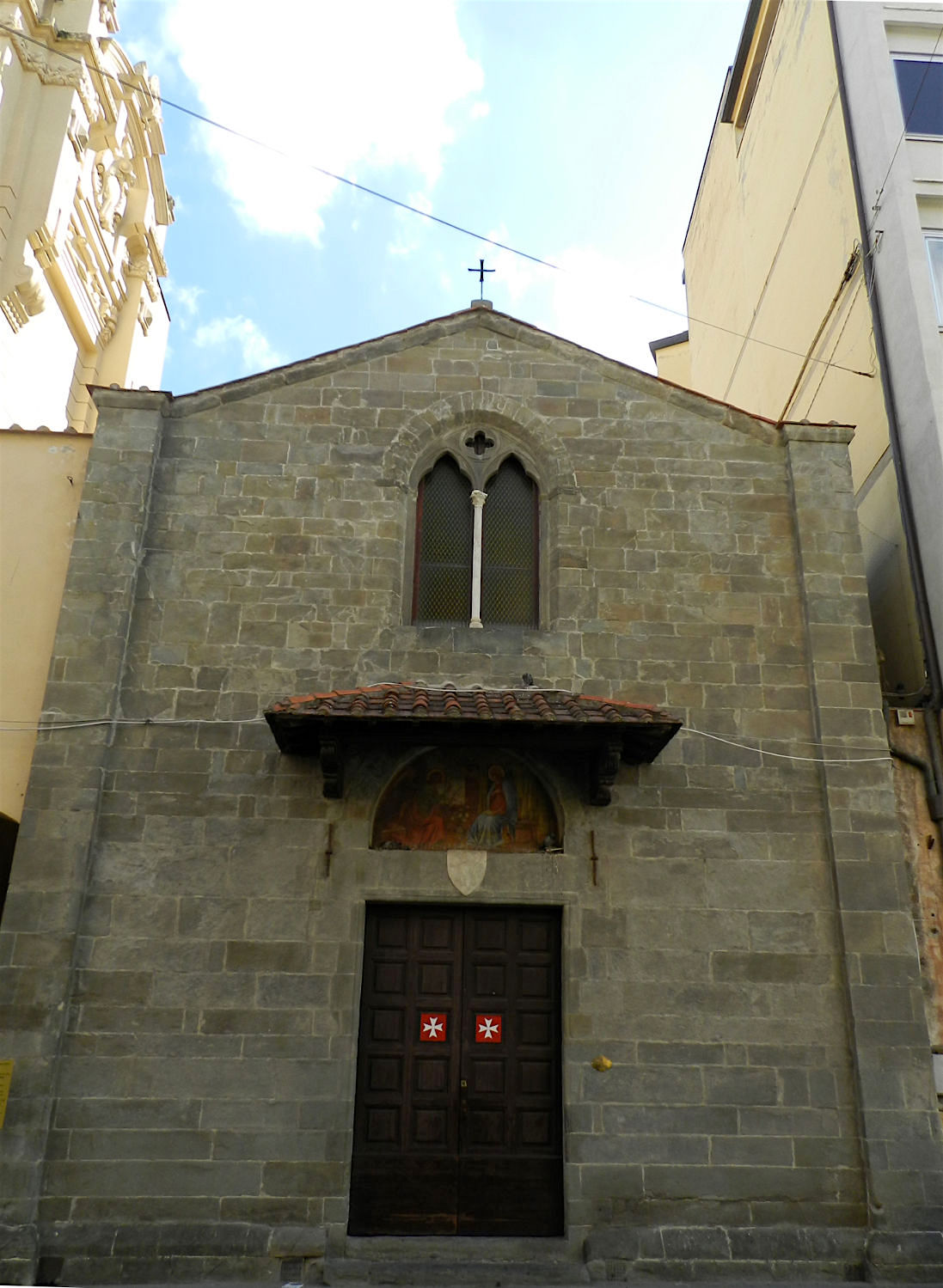Piazza del Duomo - La torre pendente
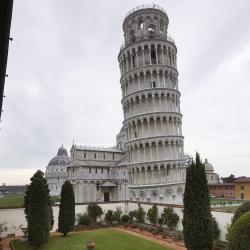
The Leaning Tower of Pisa is considered worldwide as one of the architectural marvels of all times, and has enticed generations of visitors, including artists, poets, scientists. its elegant white marble structure, its unique design and its peculiar tilt made it one of the symbols of Italy and a very popular international "must-see". Neverthless, the the Tower was not originally conceived as a tourist atttraction, but to provide the Cathedral of Pisa with the neccessay sound-emitting device, outlined in a significant and symbolic form.
On 9th August 1173, work began on the foundations of the bell tower for the Cathedral of S. Maria on Piazza dei Miracoli. It was to be some distance from the church, about 56 metres tall, weighing 14.453 metric tons. Initially, the director of works was probably the architect Diotisalvi, the same person who began the Baptistery. Work stopped after the third ring because of subsidence under the foundations of the Tower. Soft groundand the fact that in ancient times a bend in the river Auser flowed here, making the terrain unstable, is the reason why the tower leans, making it famous.
The problem of instability brought work to an end for a long time. Building recommenced in 1275 under the guidance of Giovanni di Simone and Giovanni Pisano; three more rings were added to the three already completed. In an attempt to straighten the tower, the three additional floors bend slightly in the opposite direction from the slant of the Tower. It was completed in mid 14th century when the belfry was added.
The structure of the Tower is highly unusual. It is made of two concentric cylinders joined together by a spiral staircase to the topmost story. Externally there are six rings of round-arched galleries. The marble ditch at the base of the Tower was added in the 19th century.
Over the past decades, much has been written on the position of the Campanile, postulating a possible symbolic eason for it, or indicating it as part of a hidden astronomy-inspired layout that would involve the whole Cathedral compound. The position itself is therefore the first of the tricky aspects of its construction. Obviously, this unusual location cannot be accidental and it is also true that the selected spot immediately appeared inadvisable, due to the nearby waterway, a branch of the Auser river derivering from the Serchio river that ran through this part of the city. As a matter of fact, we have to assume that the Campanile was built at the south-eastern border of the Cathedral square mainly in order to "adjust" the eccentric position of the Cathedral itself.
The Tower was stabilised after a number of studies and researches carried out over the entire XX Century and culminated in the intervention concieved and implemented by an International Committee in the years 1990 to 2001. The Tower now slopes at an angle of 5° from the vertical. It remains standing because its centre of gravity is inside the perimeter of its base.
Info: www.opapisa.it

